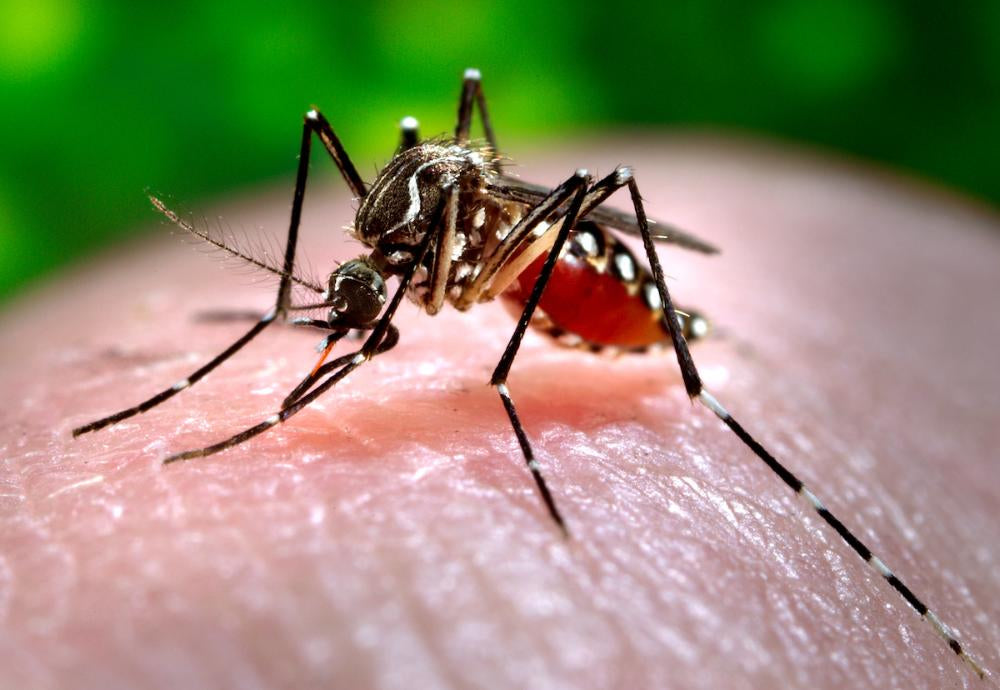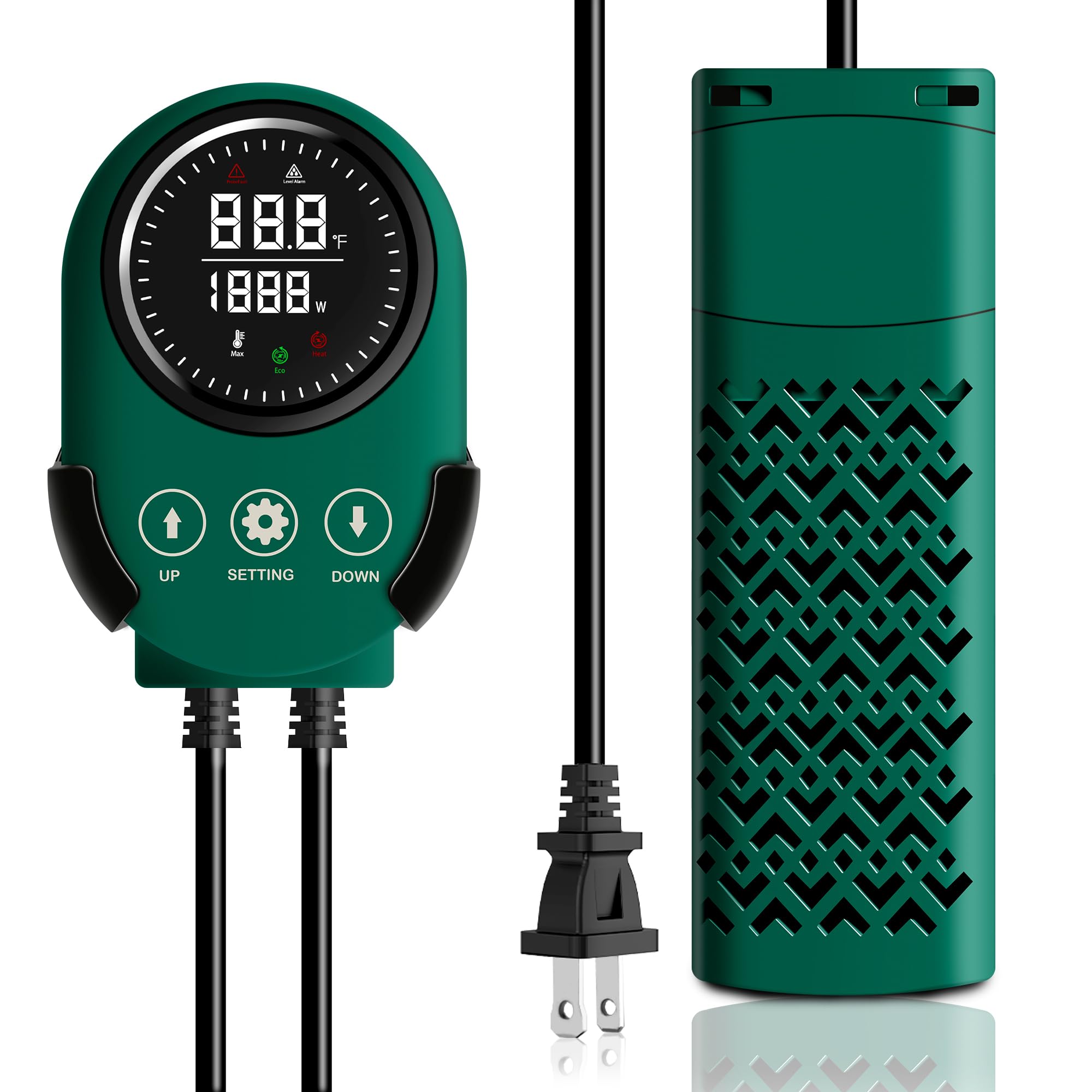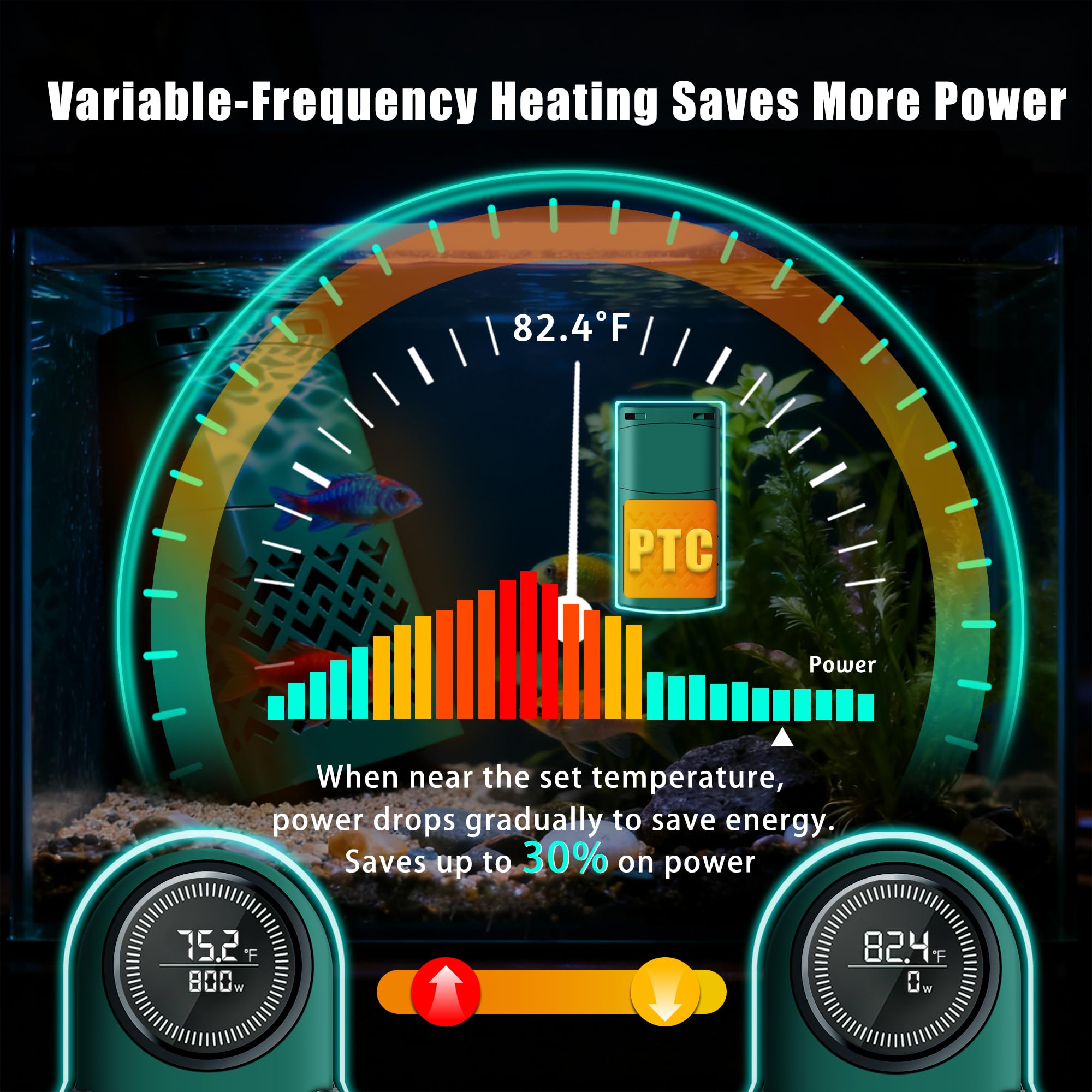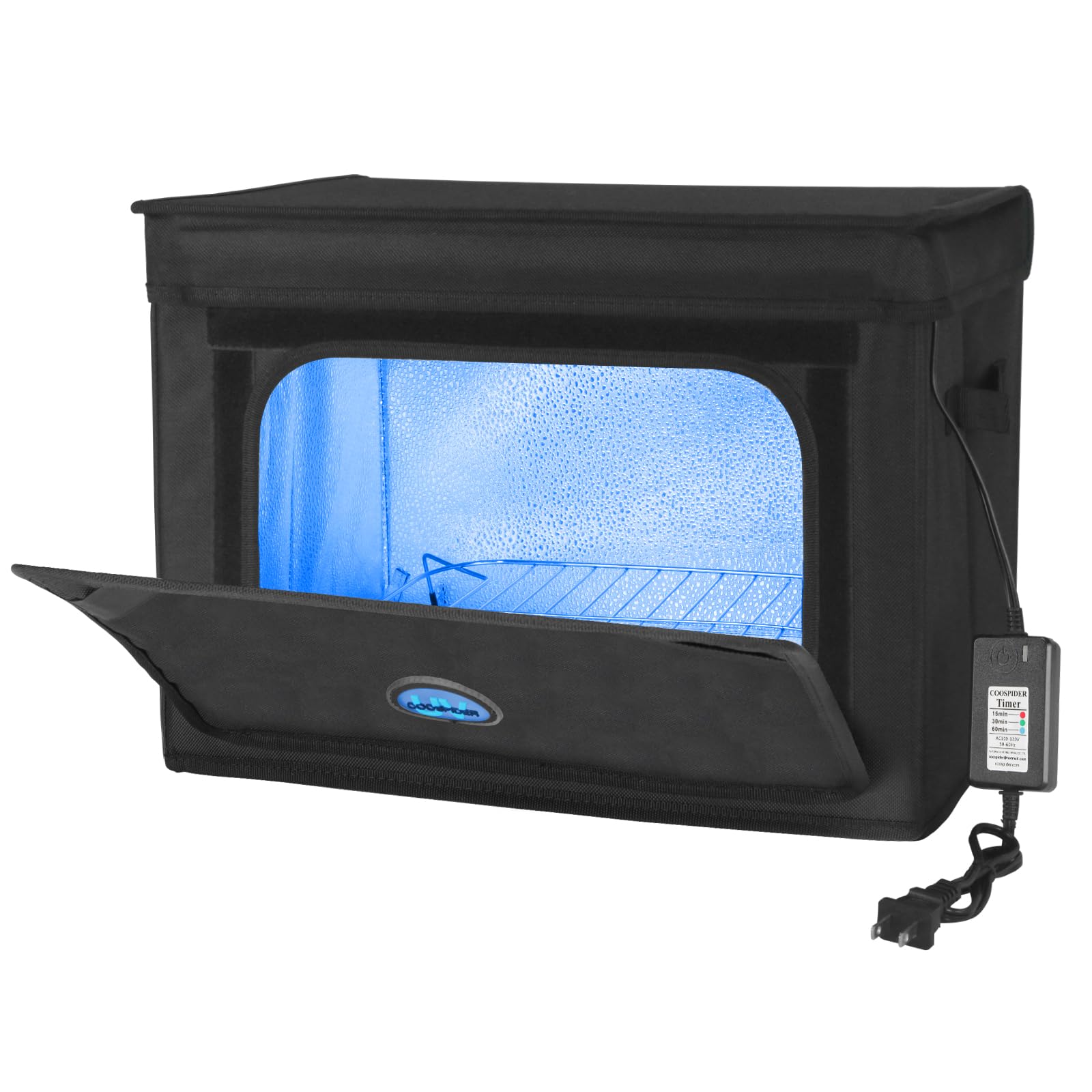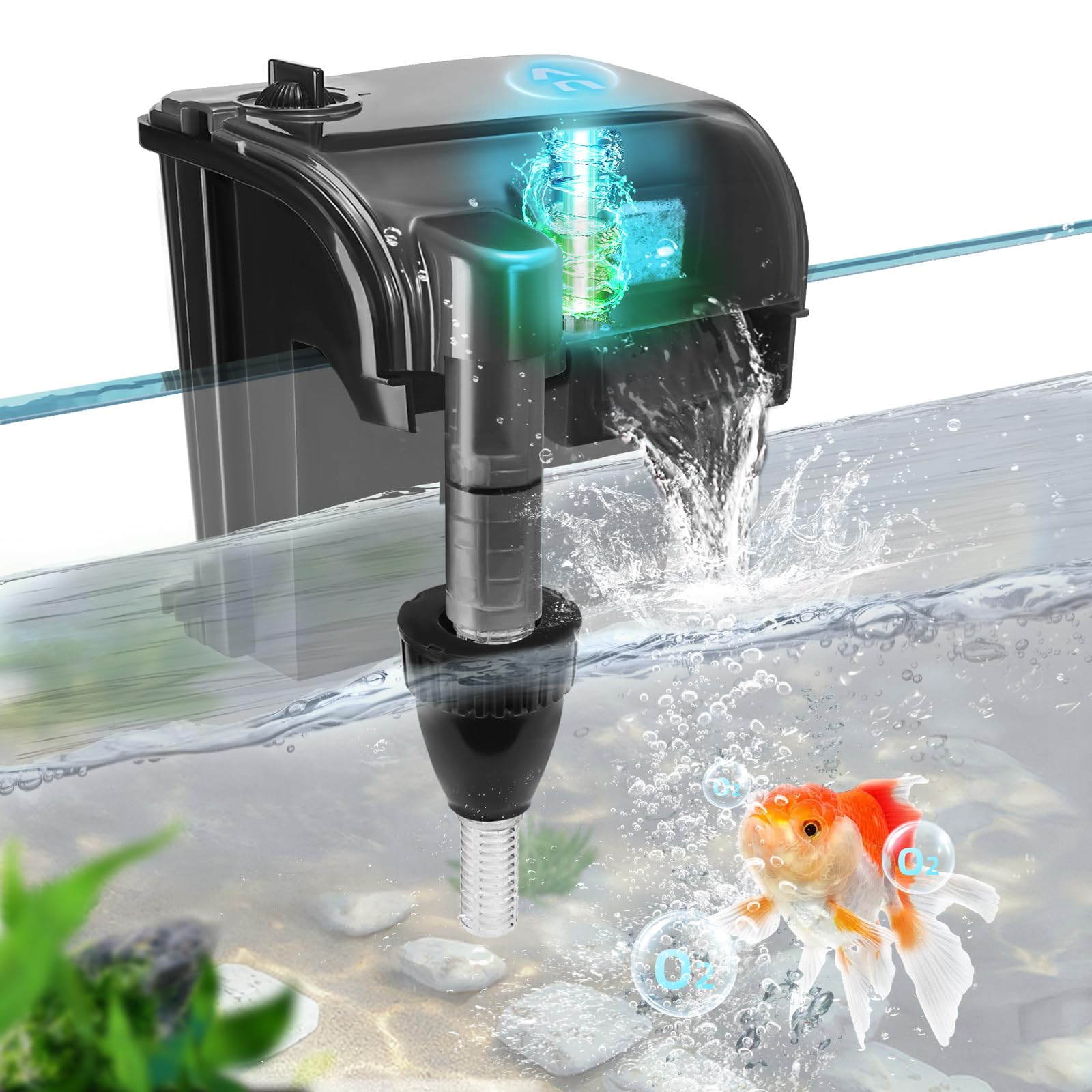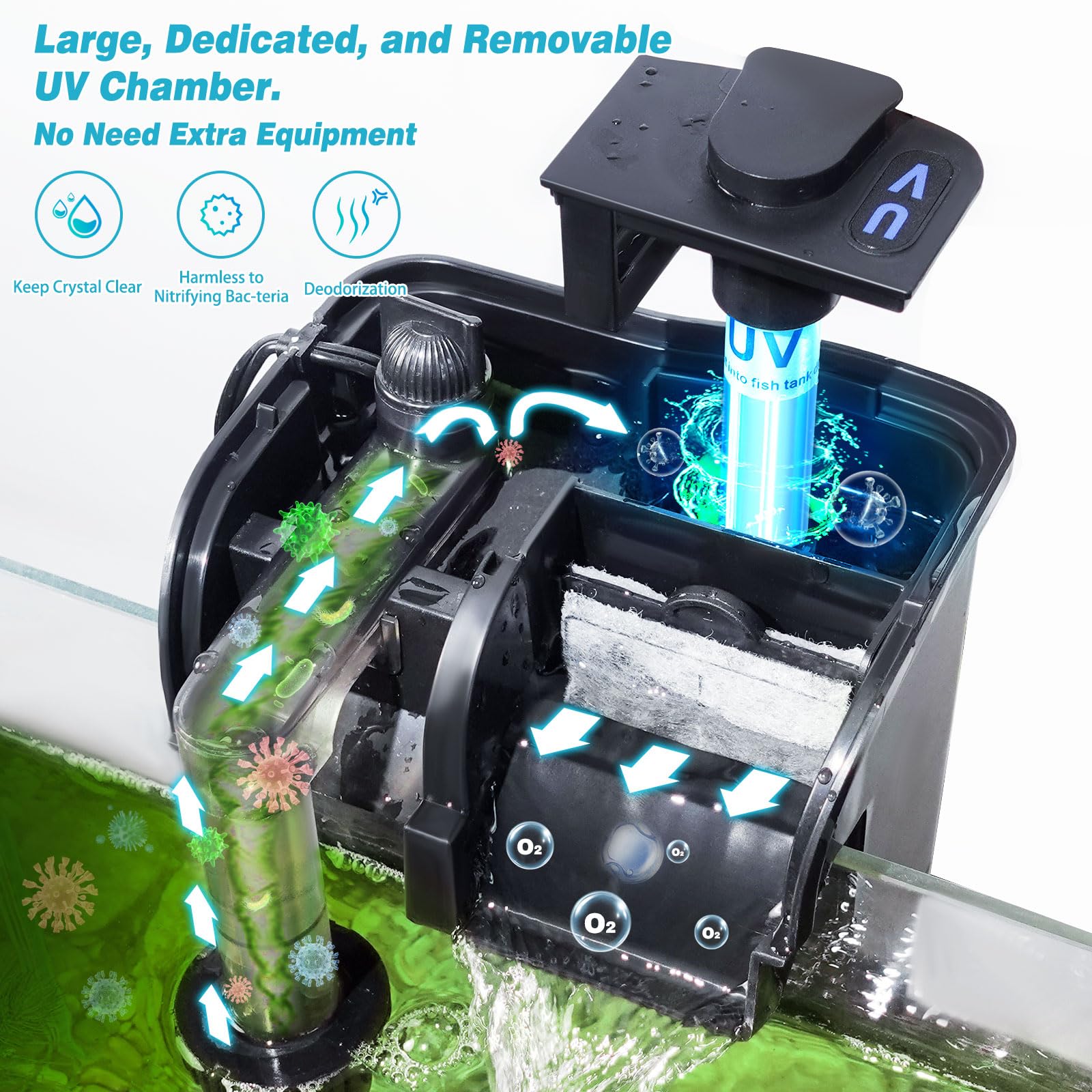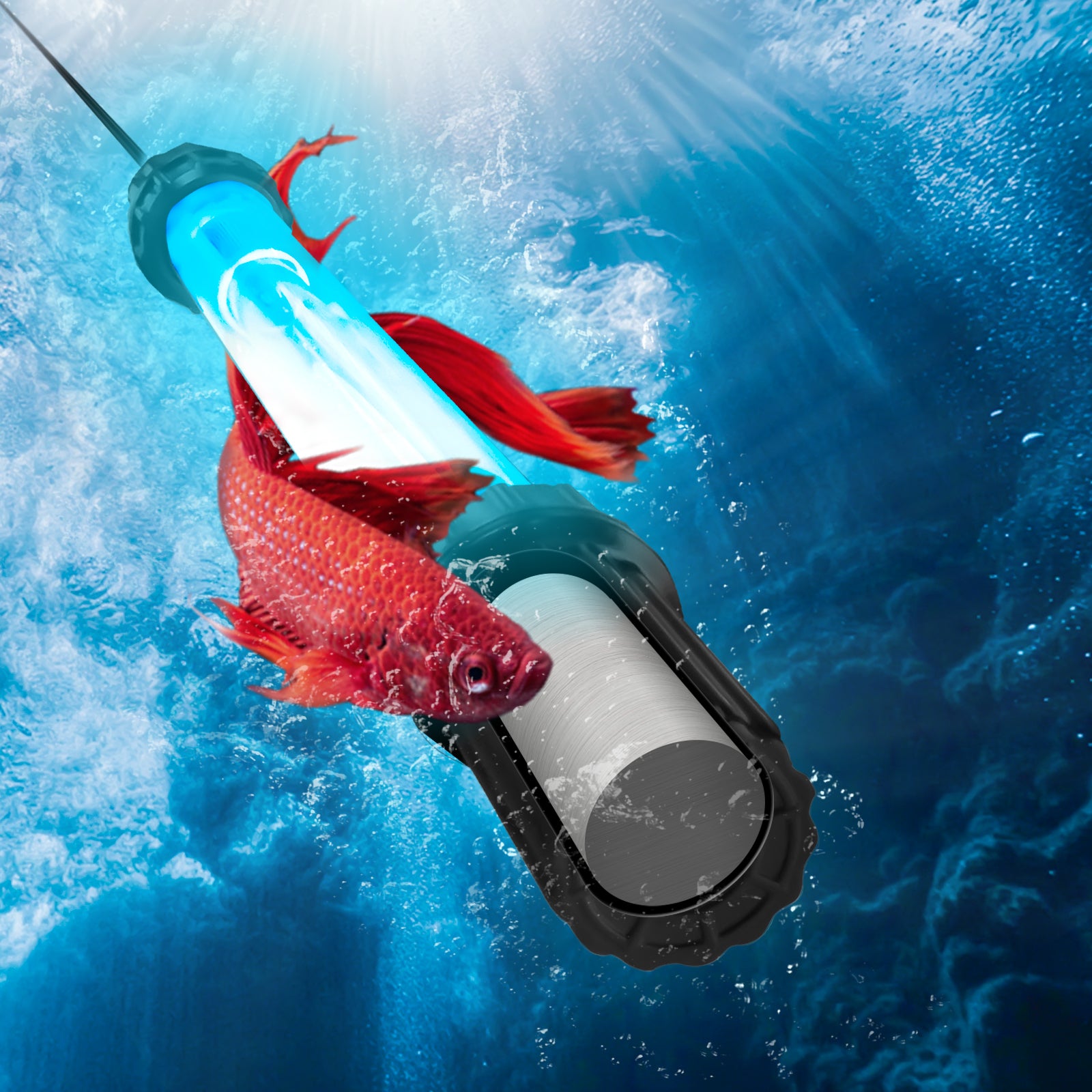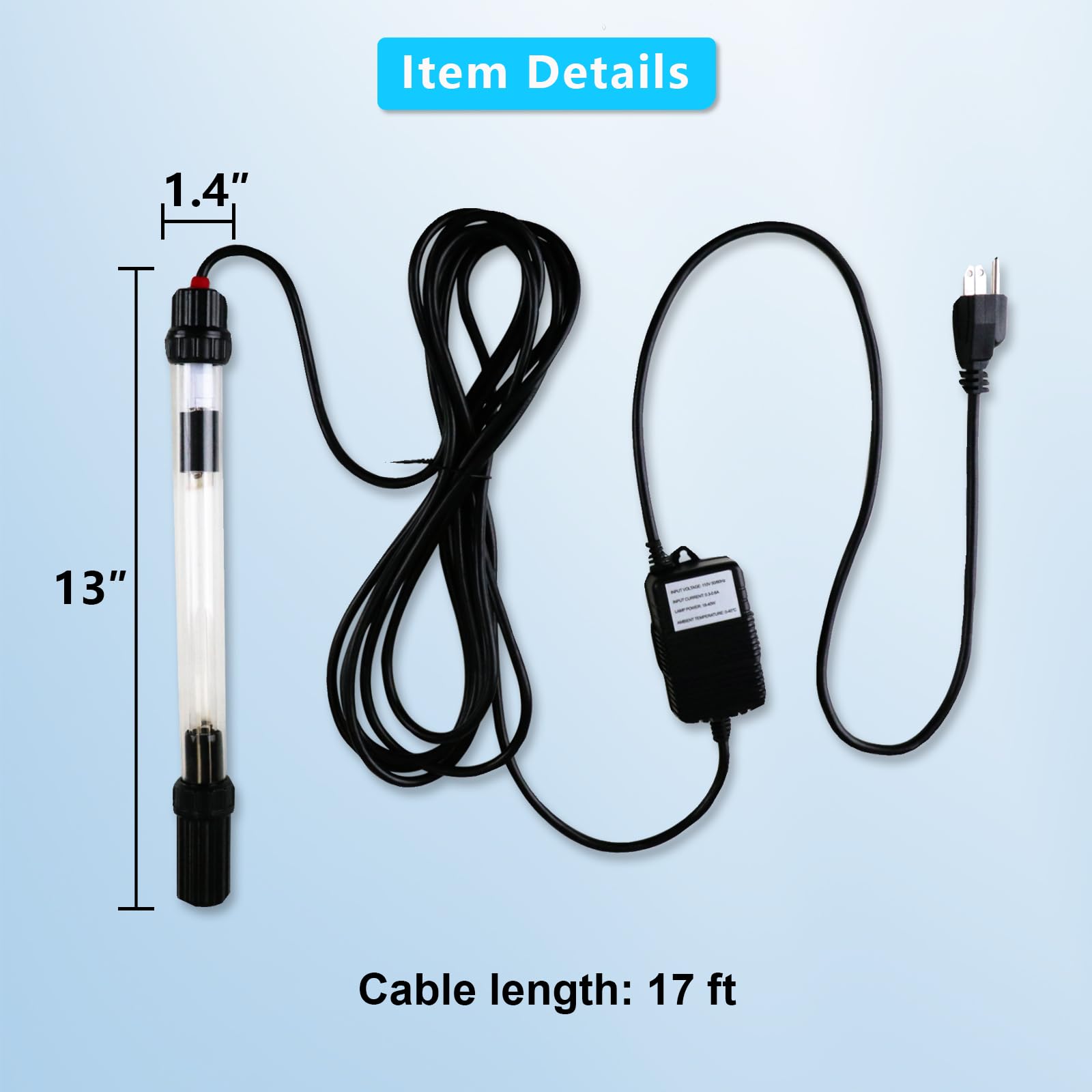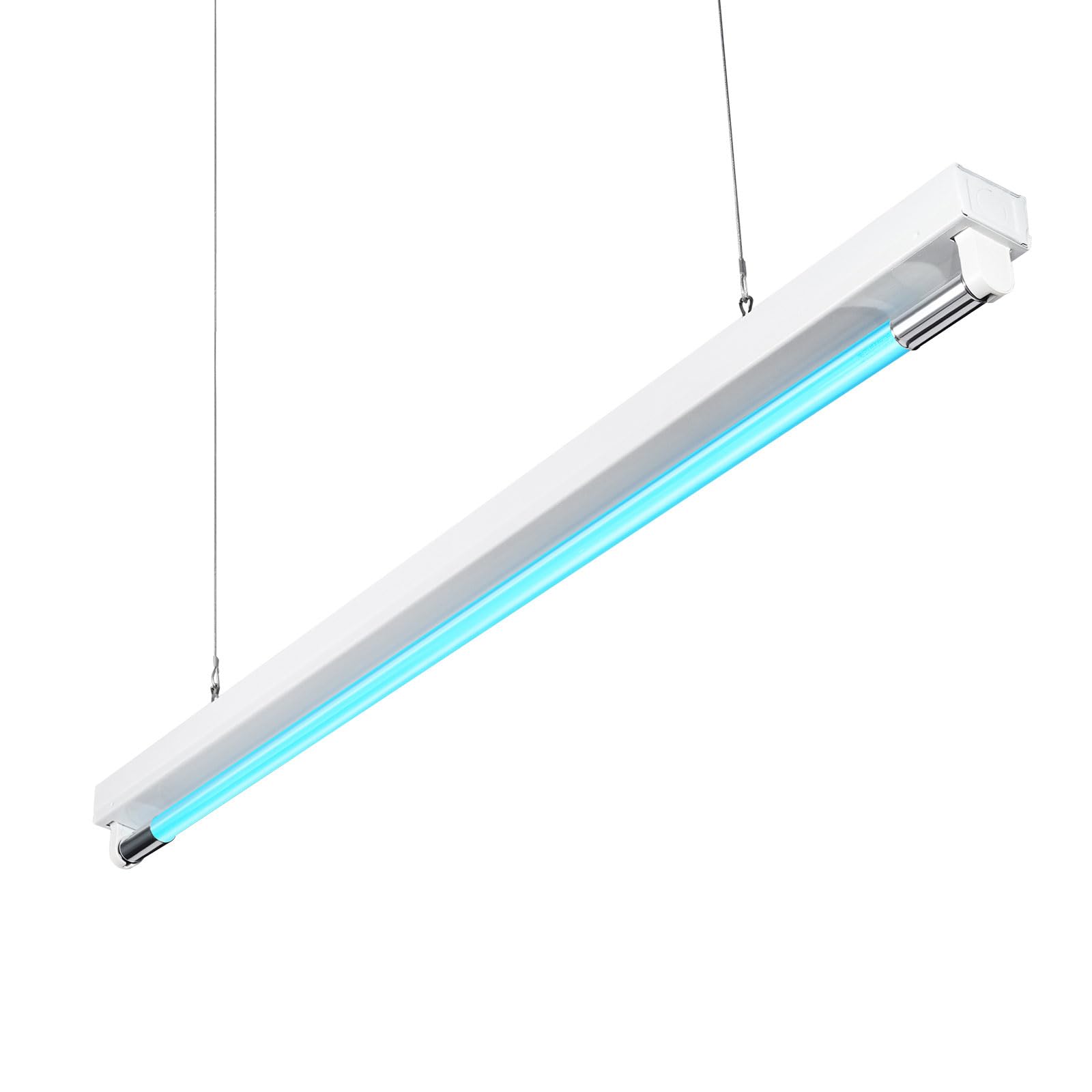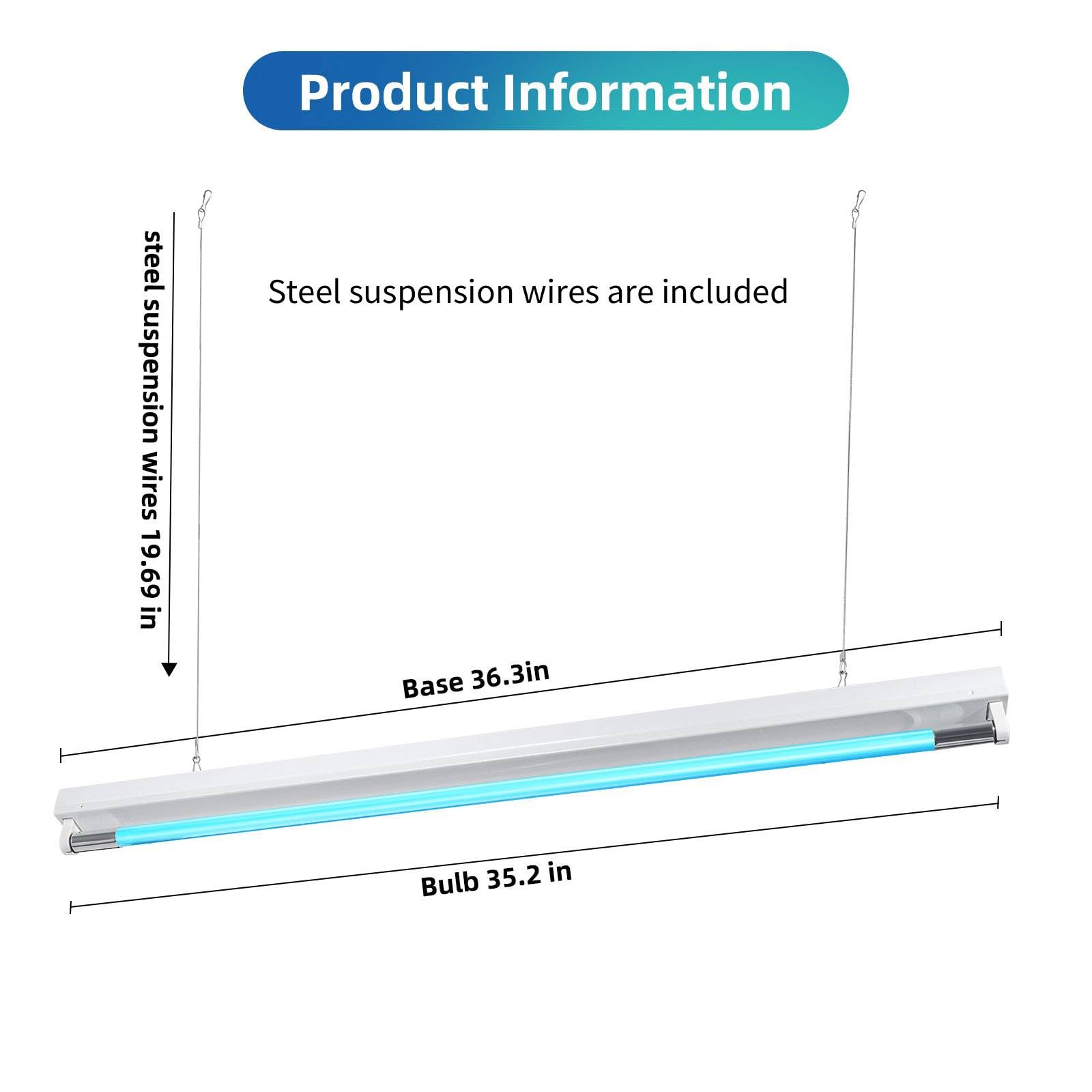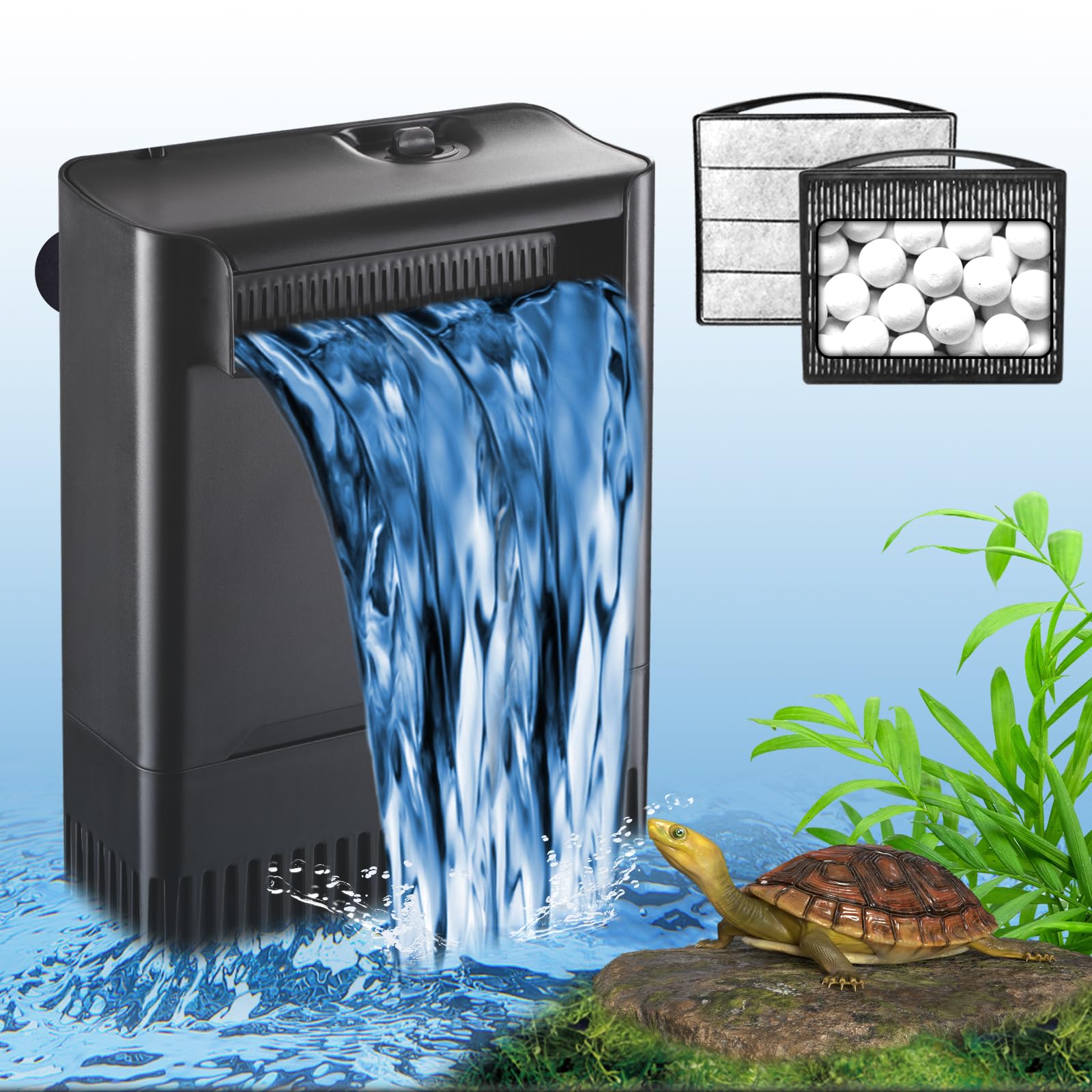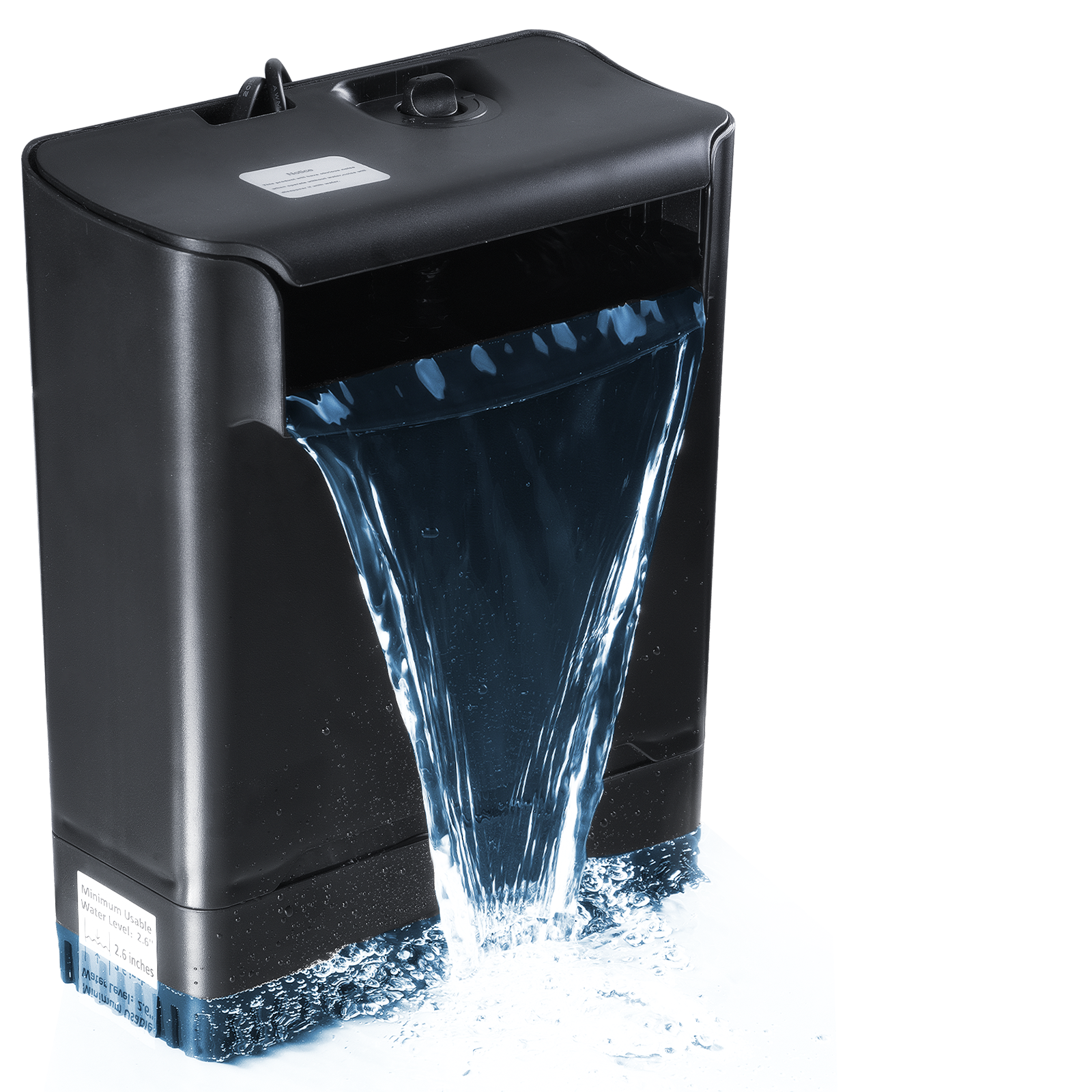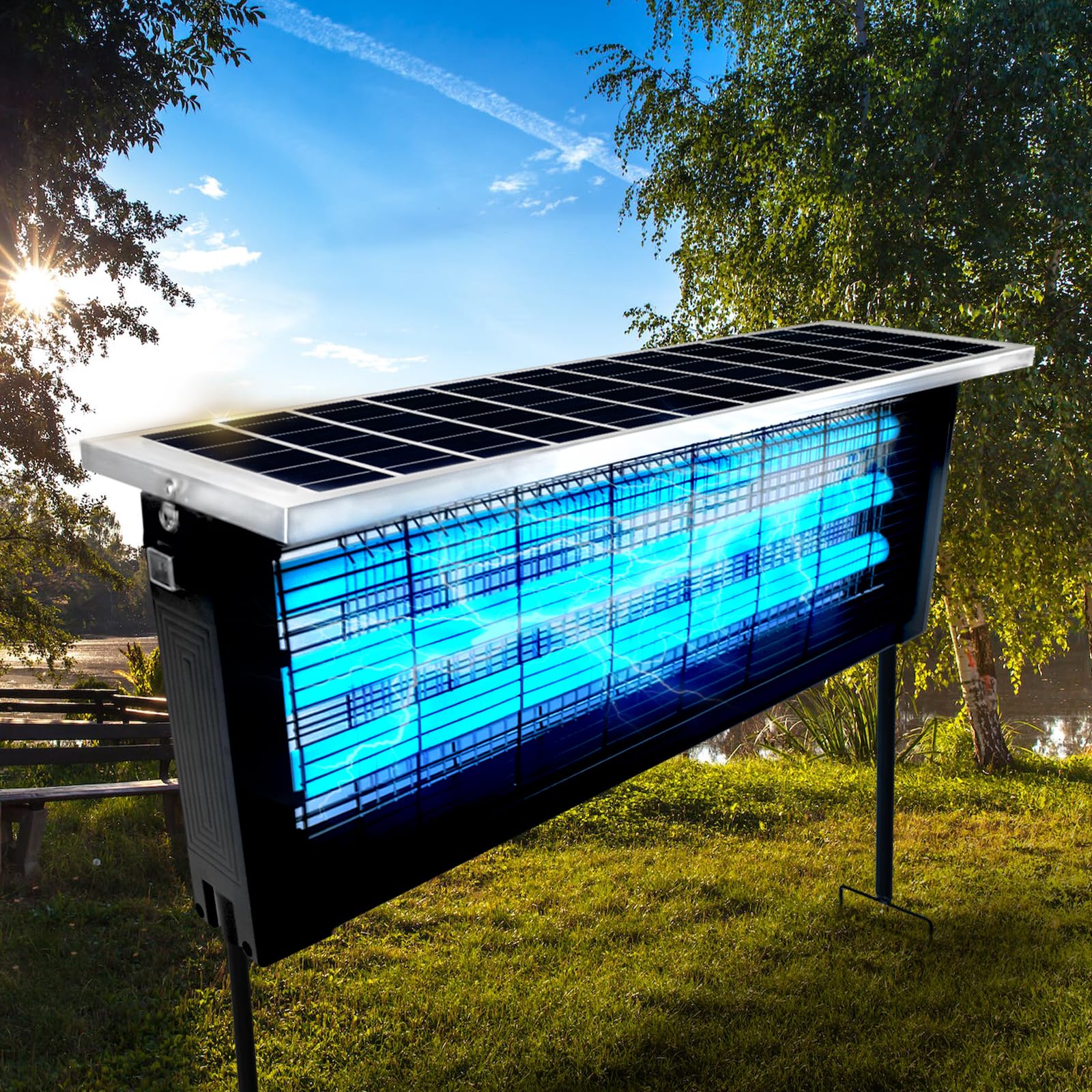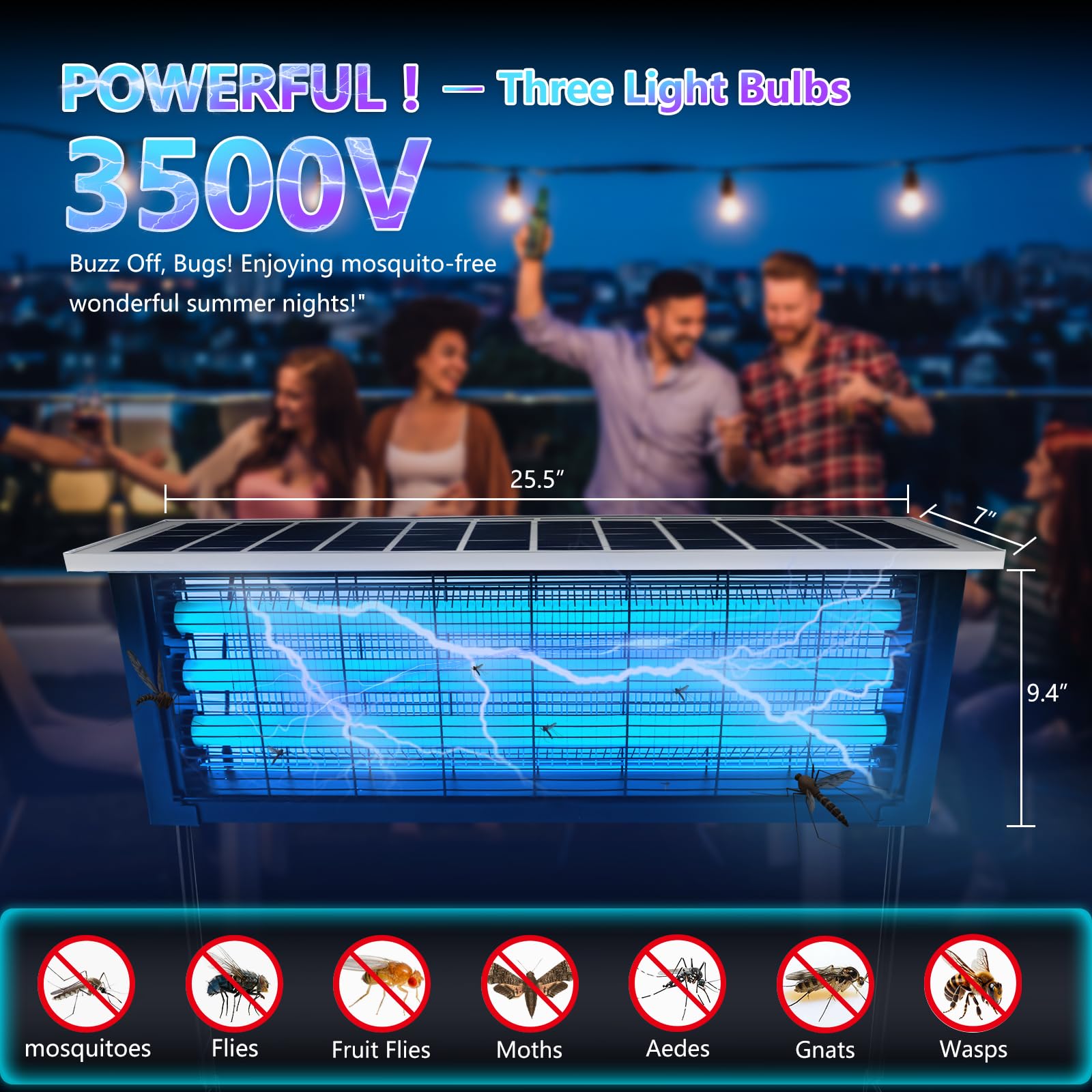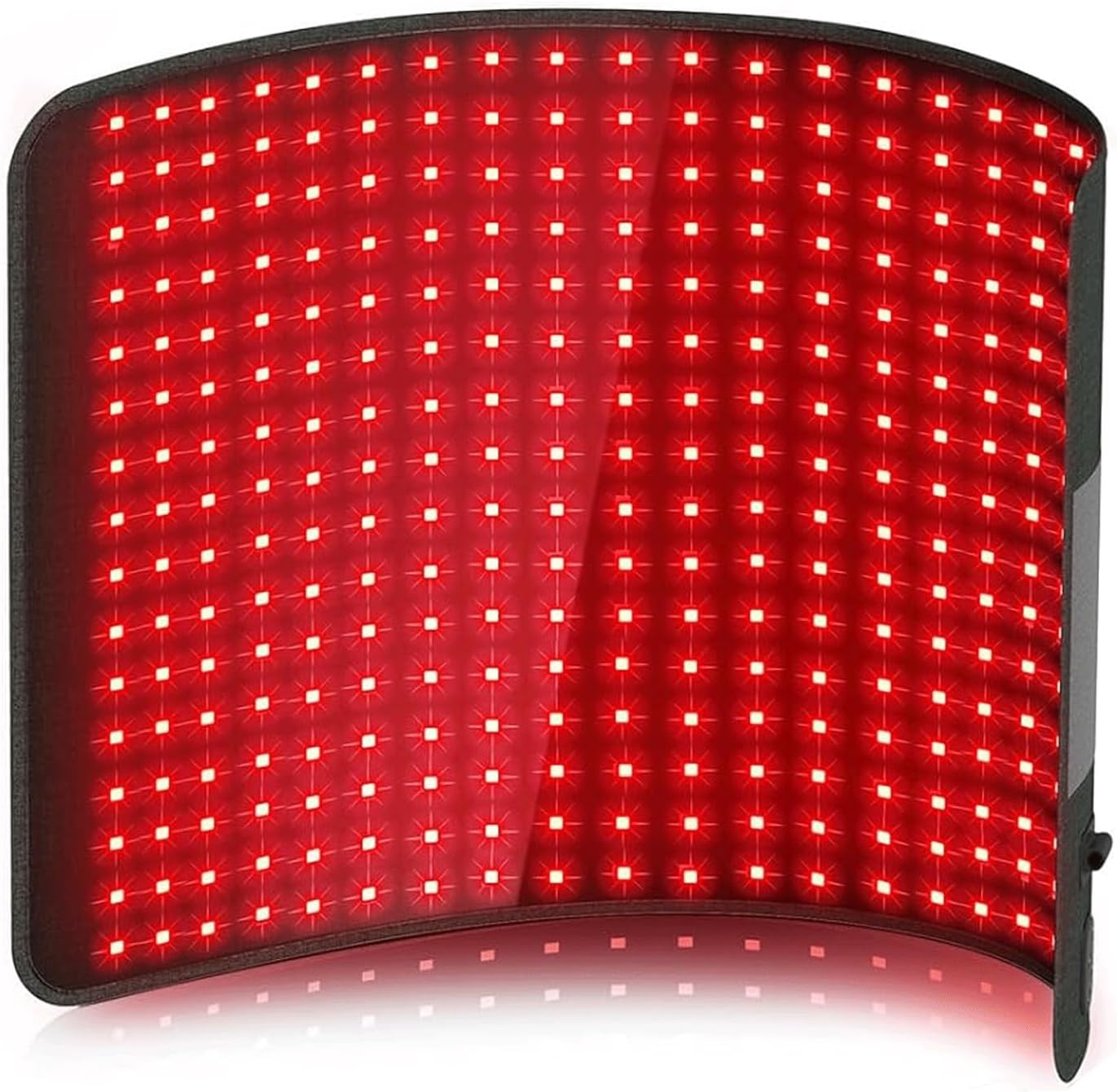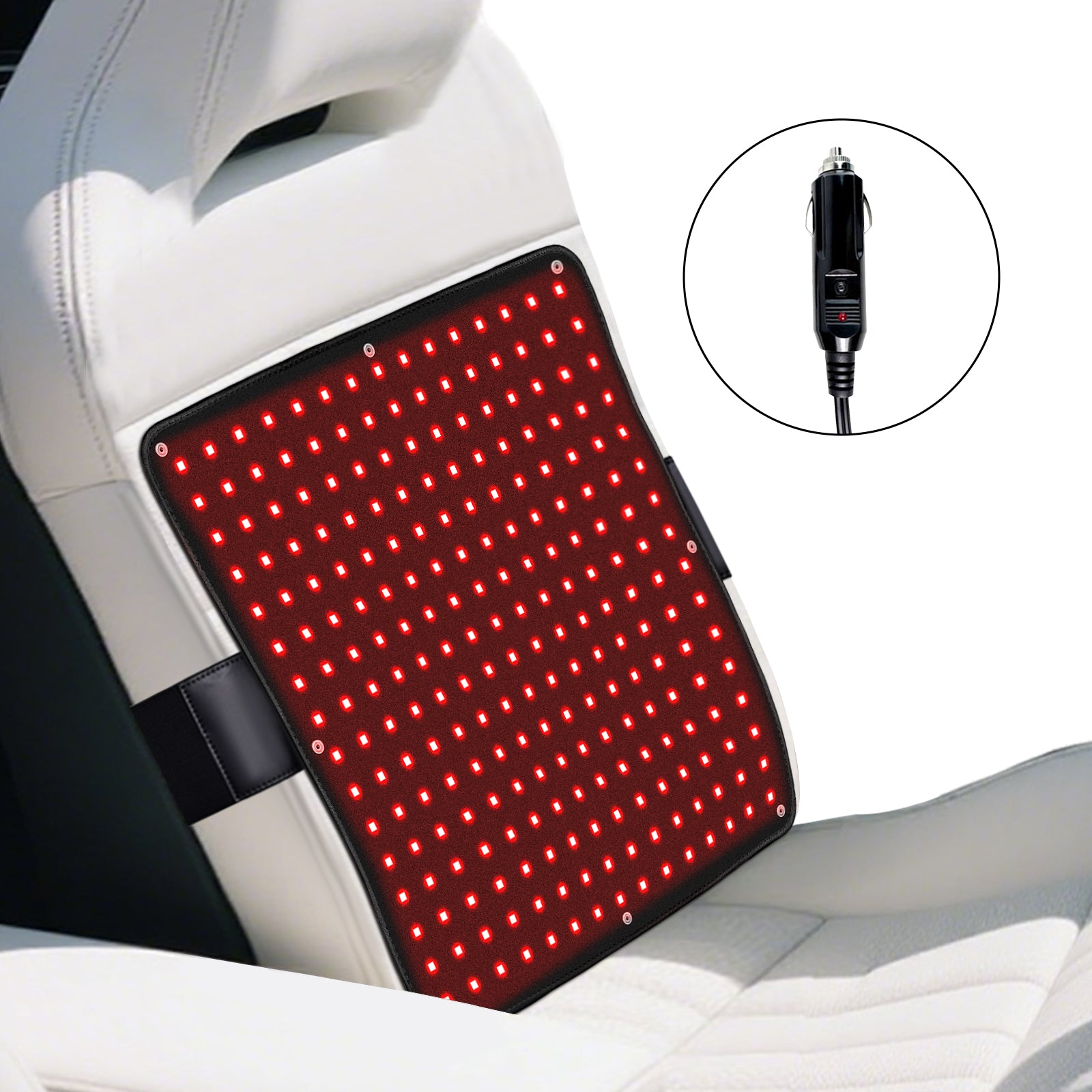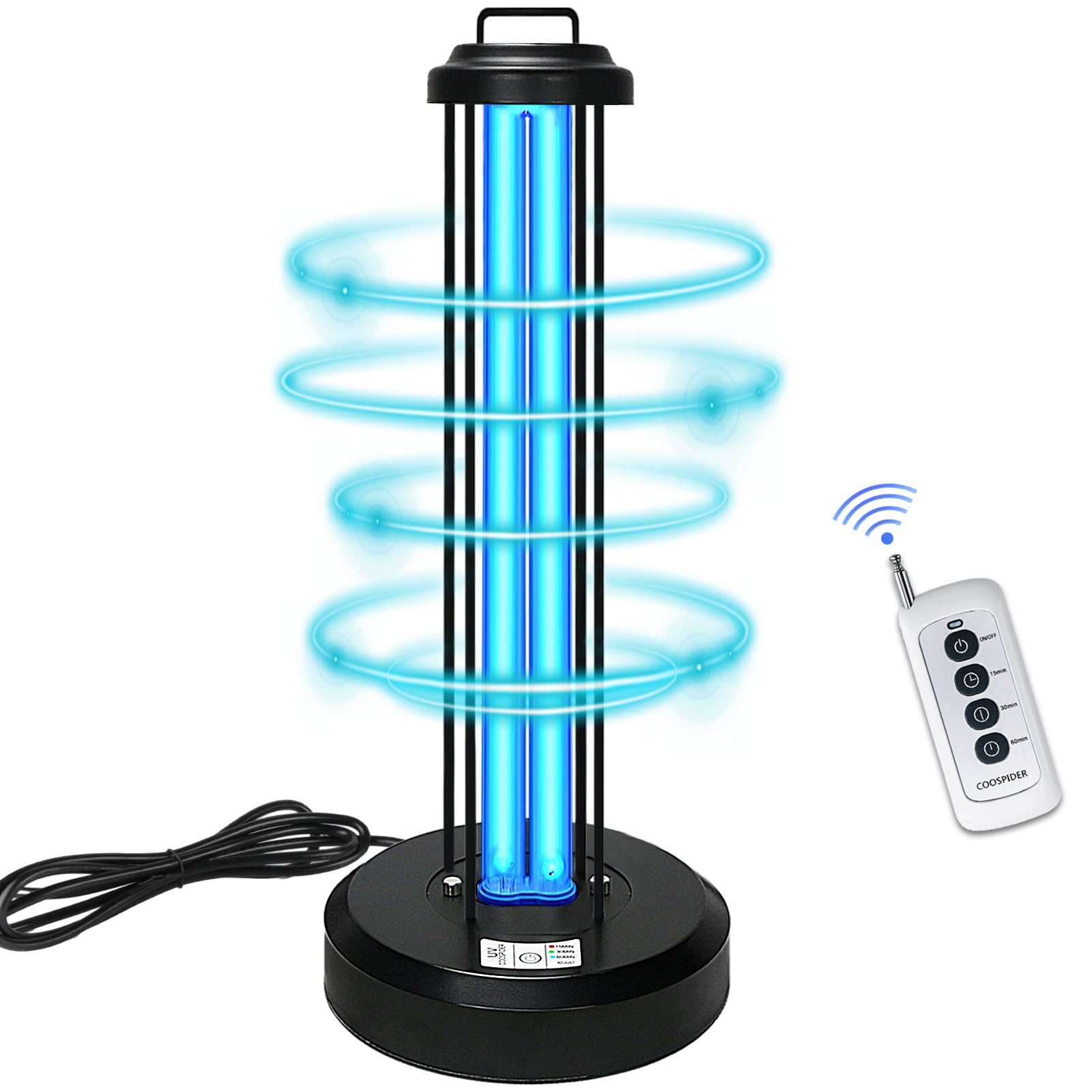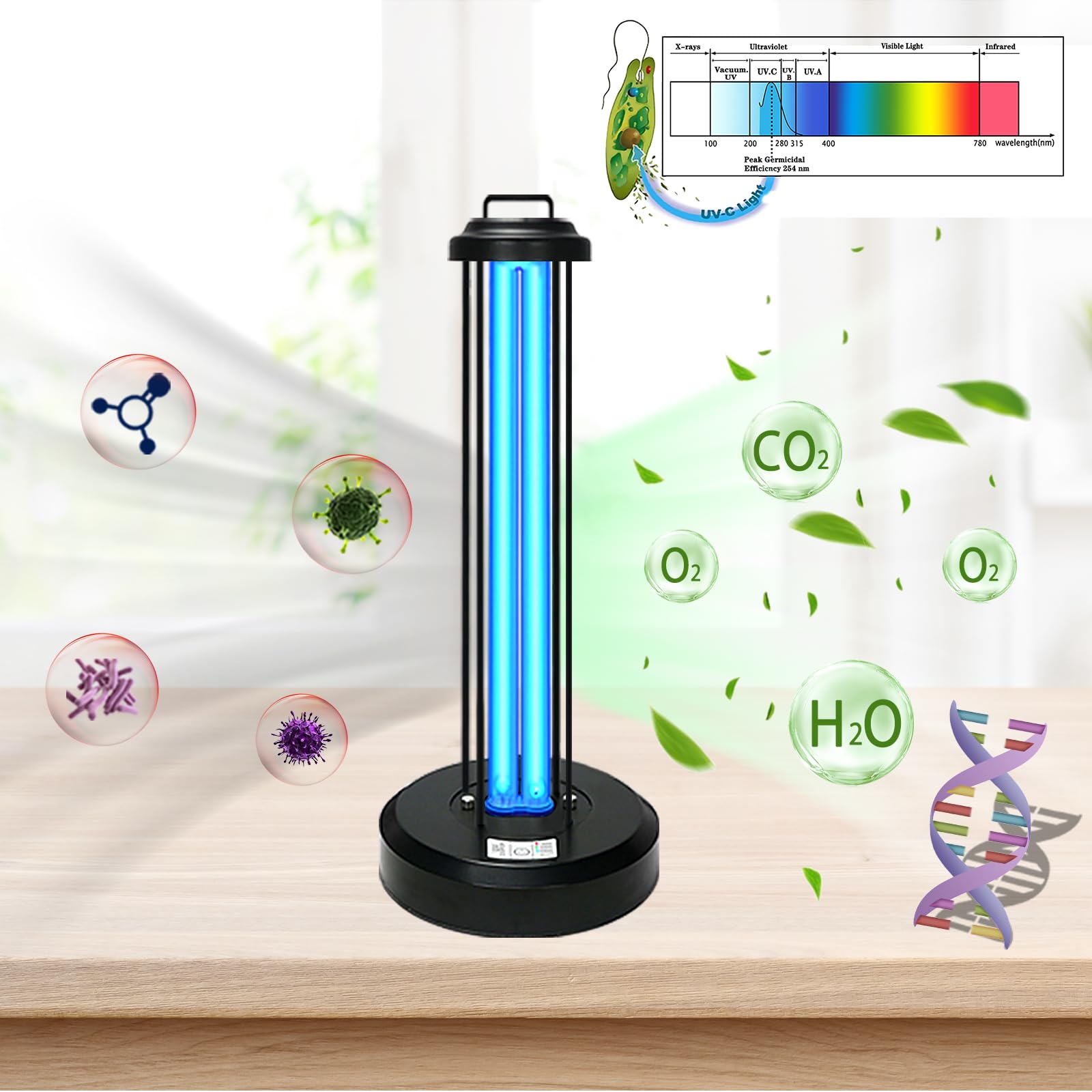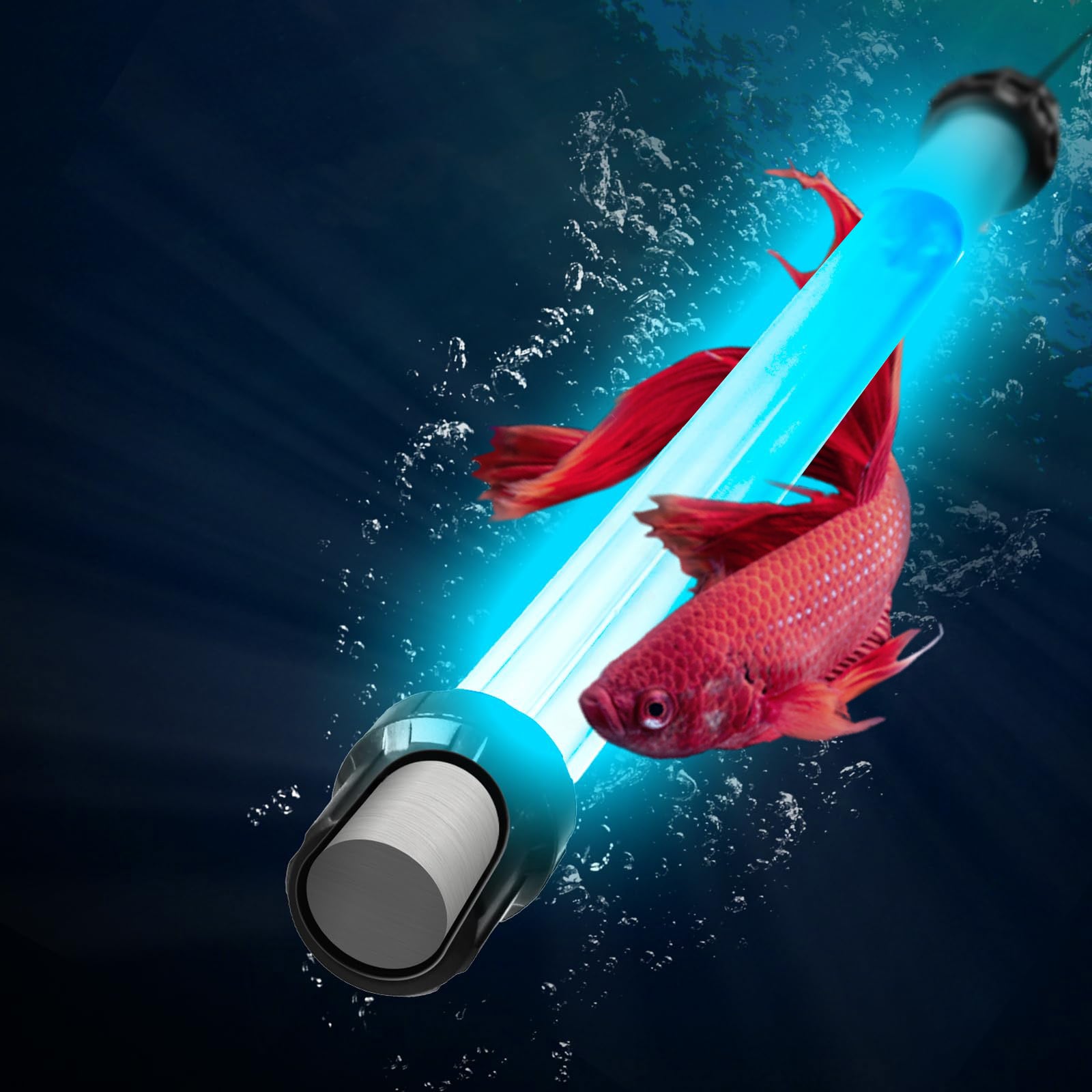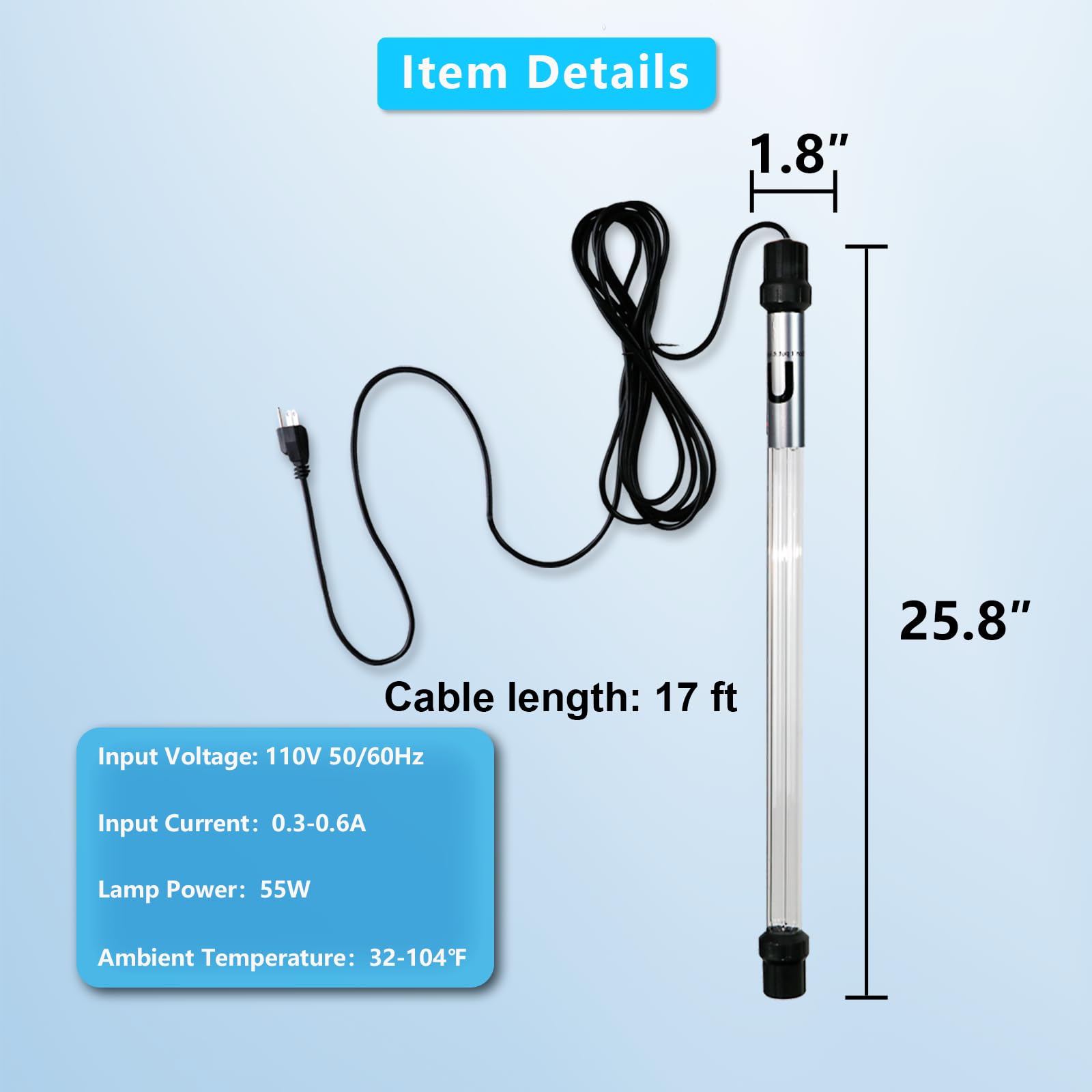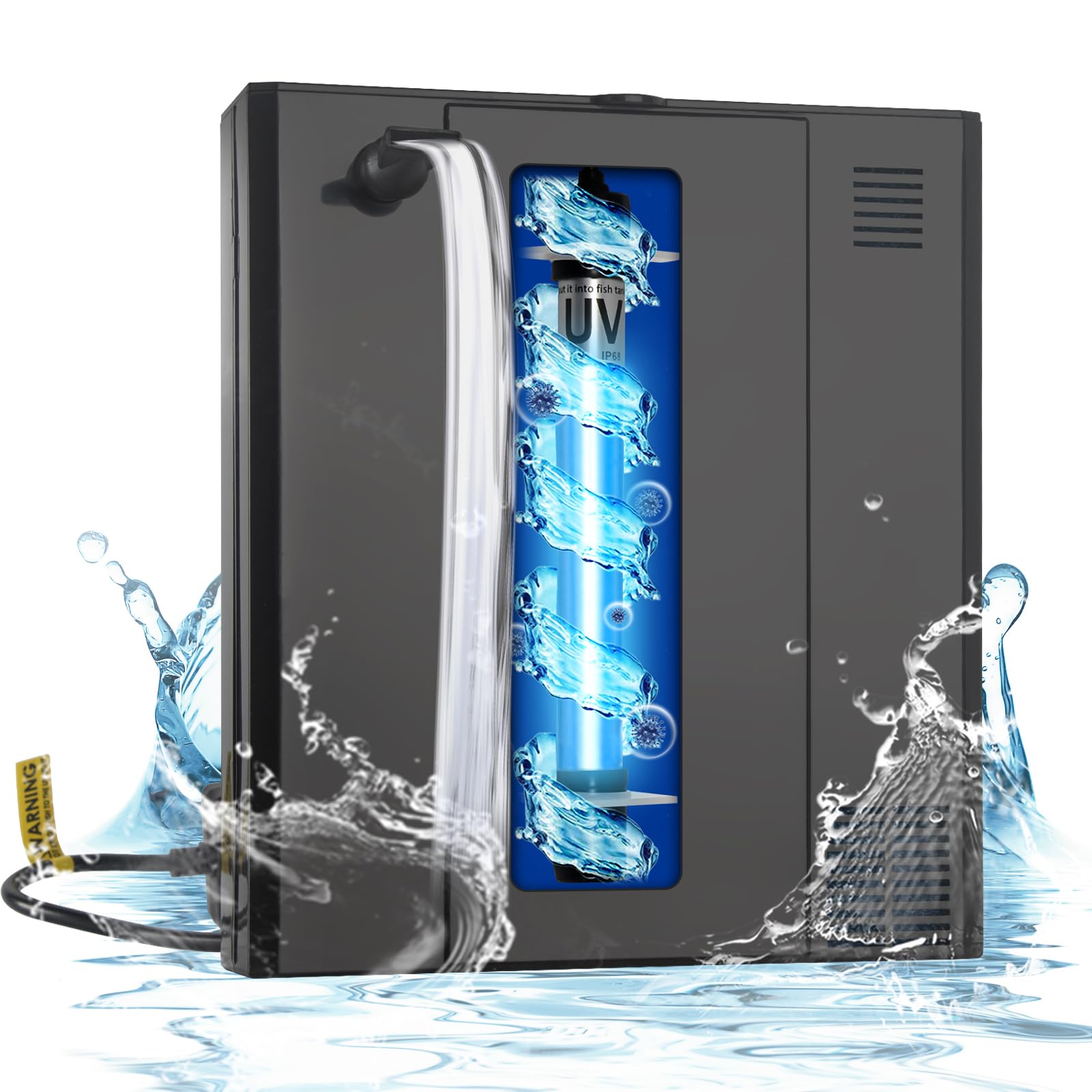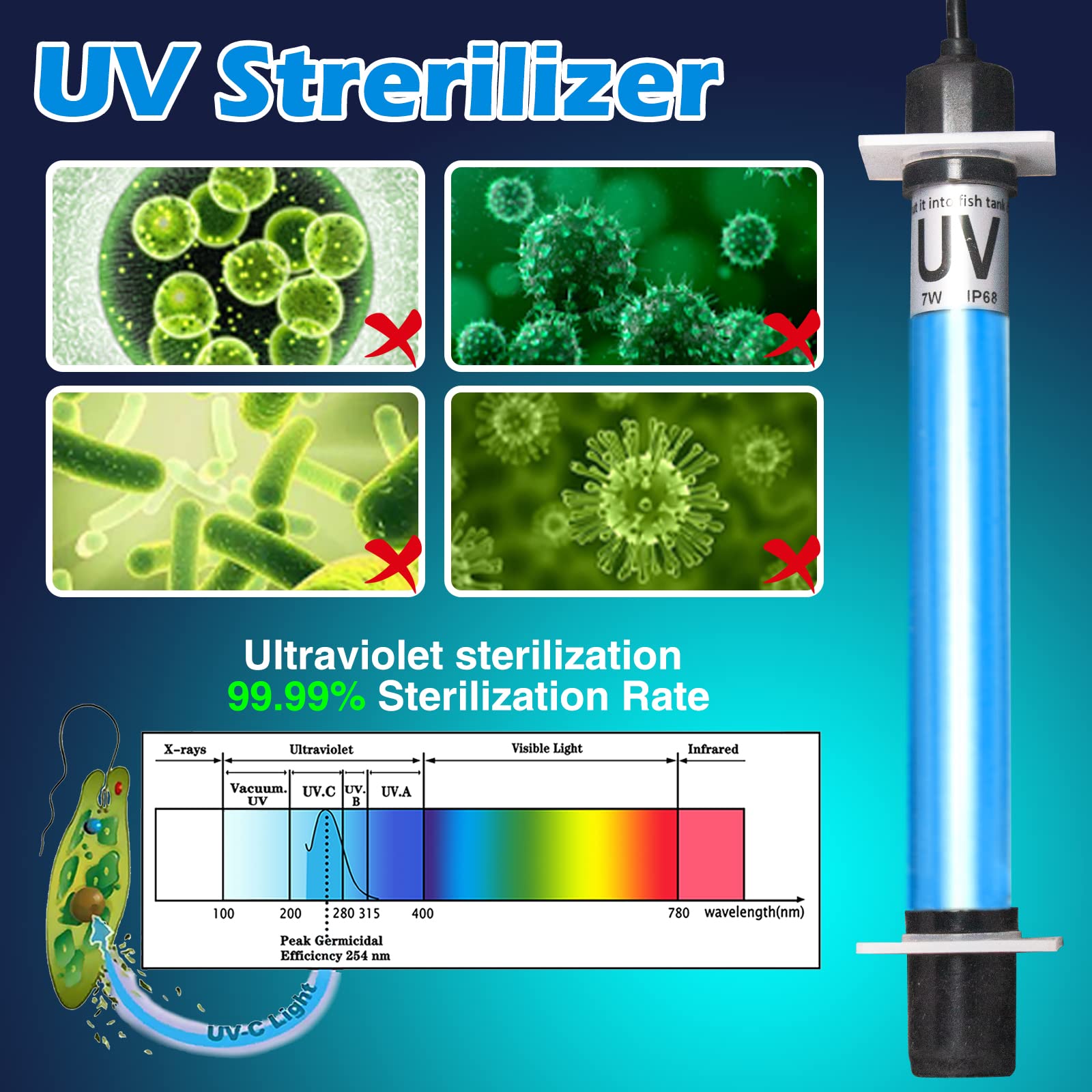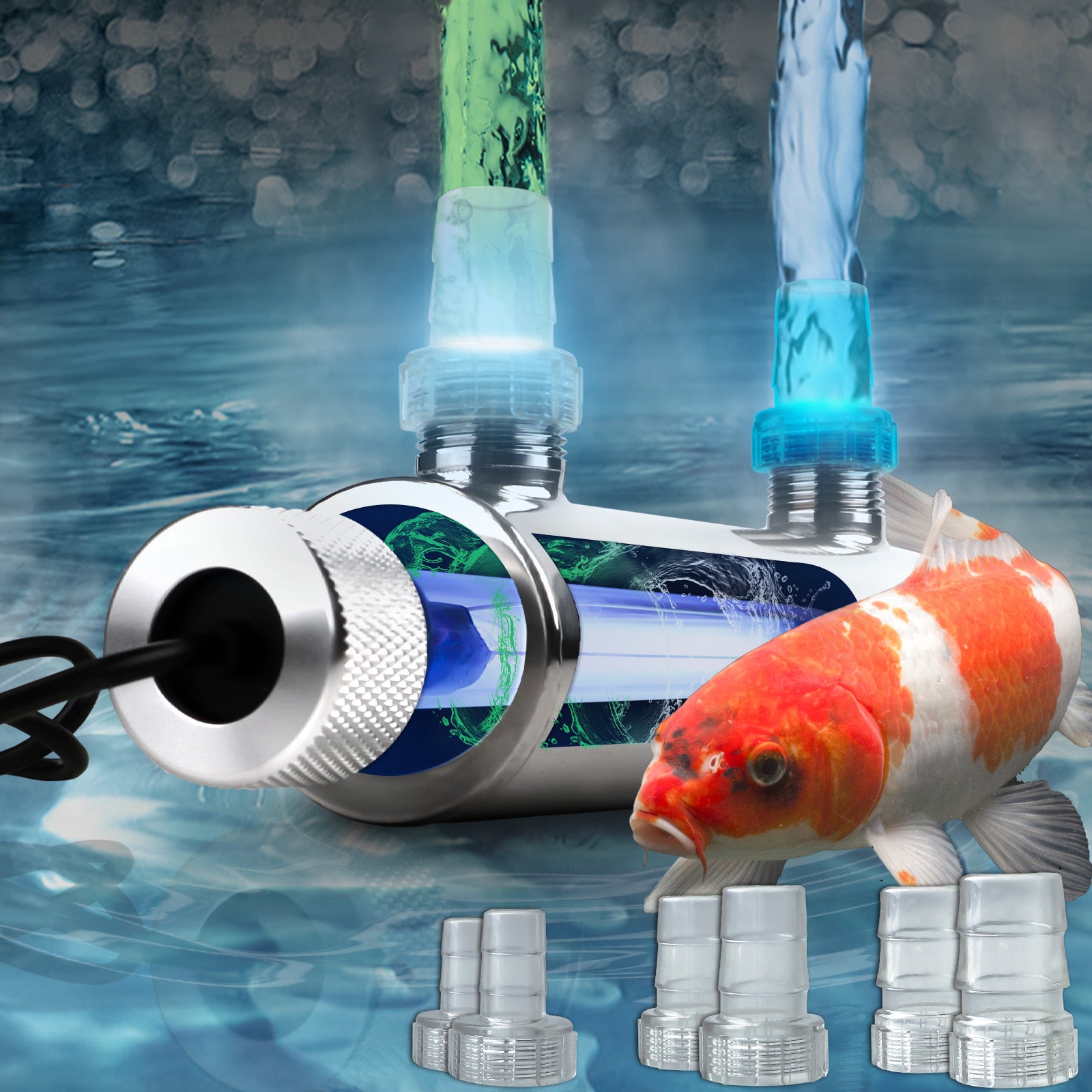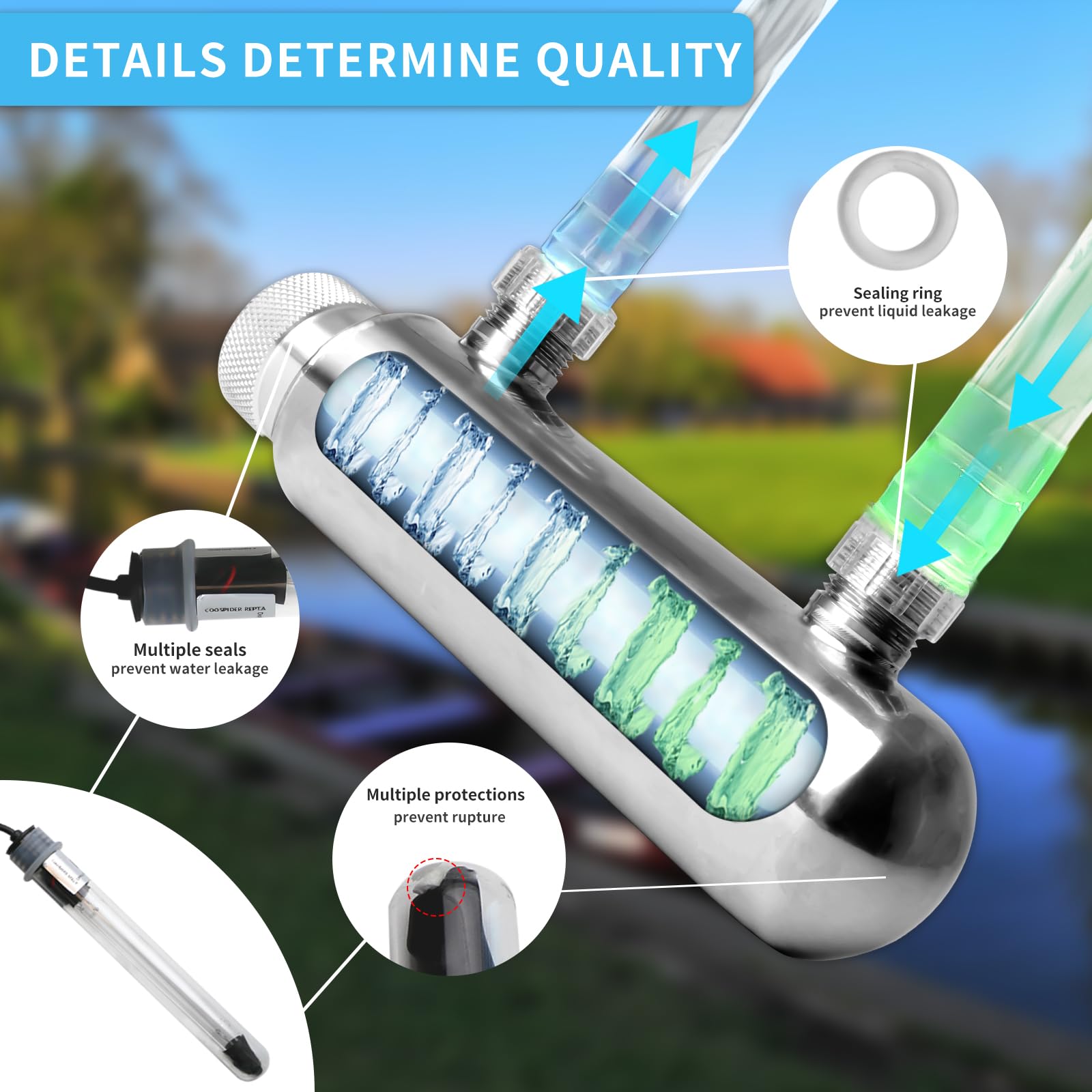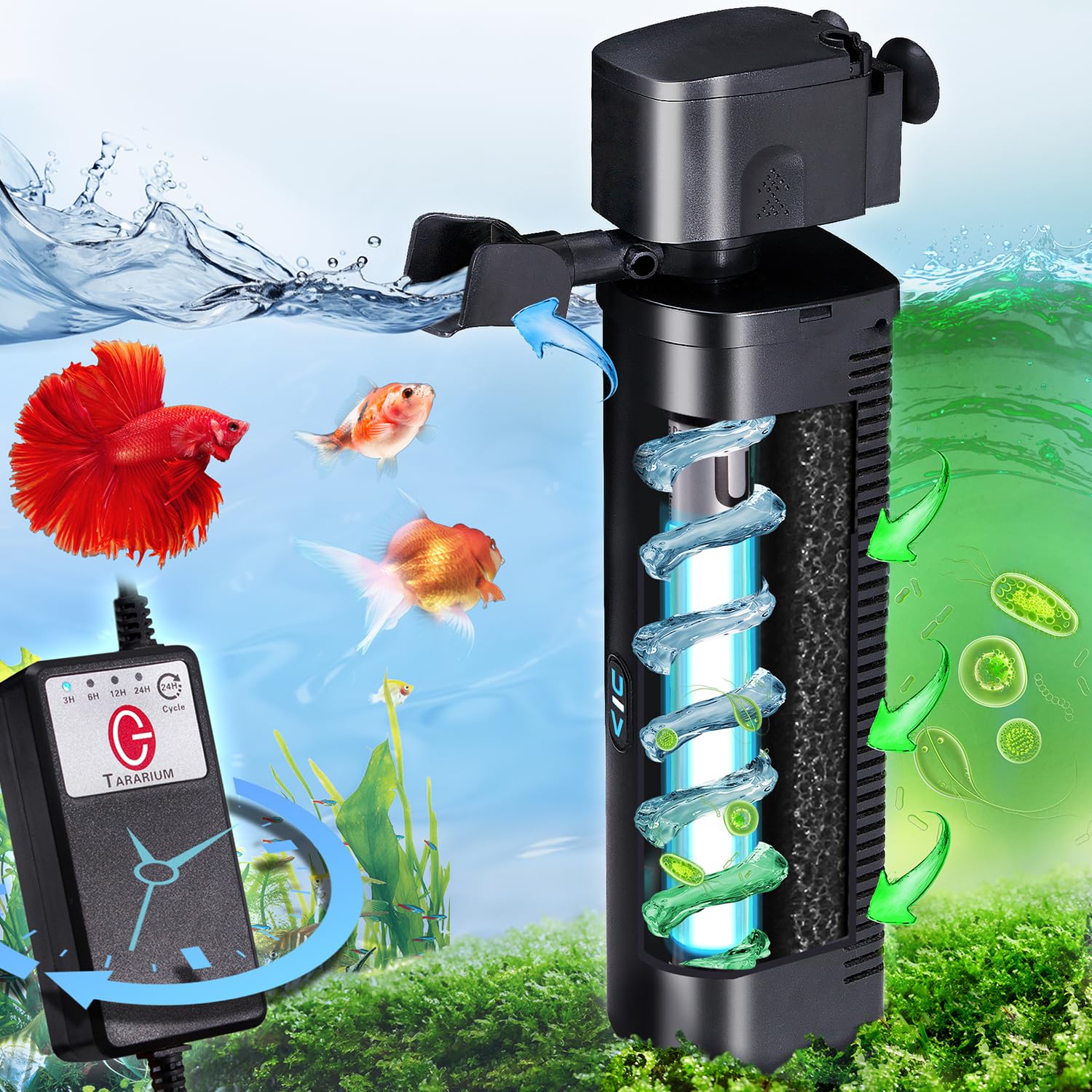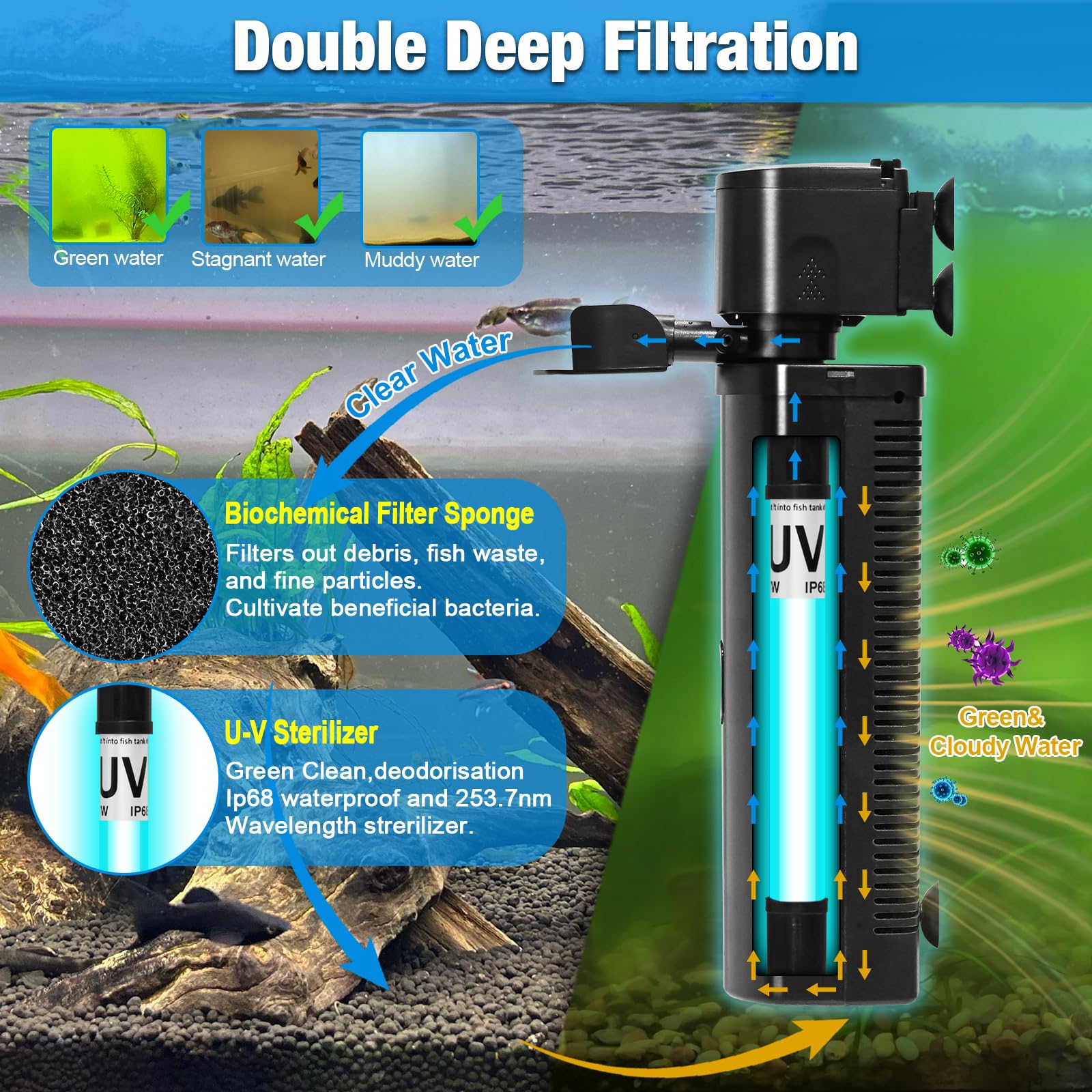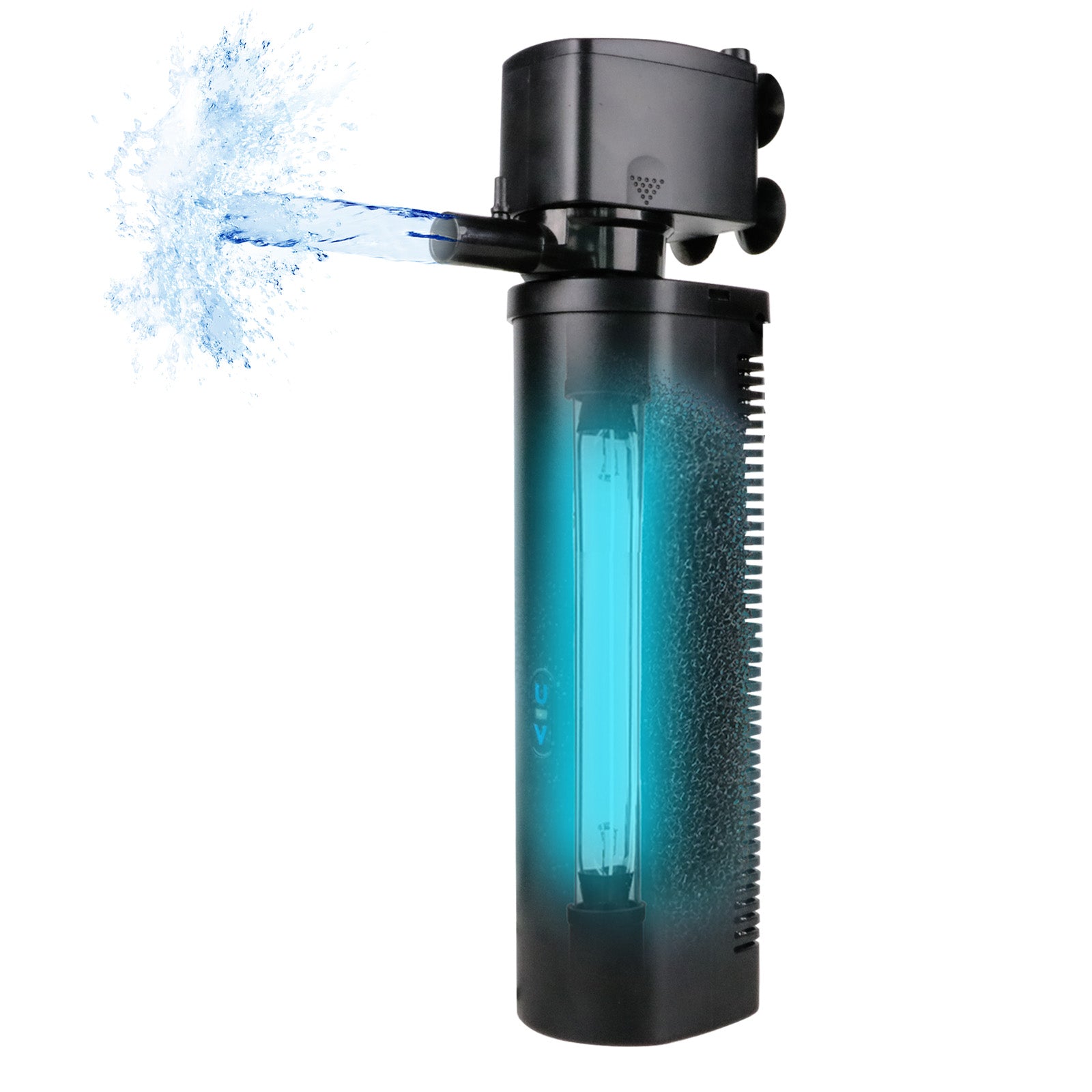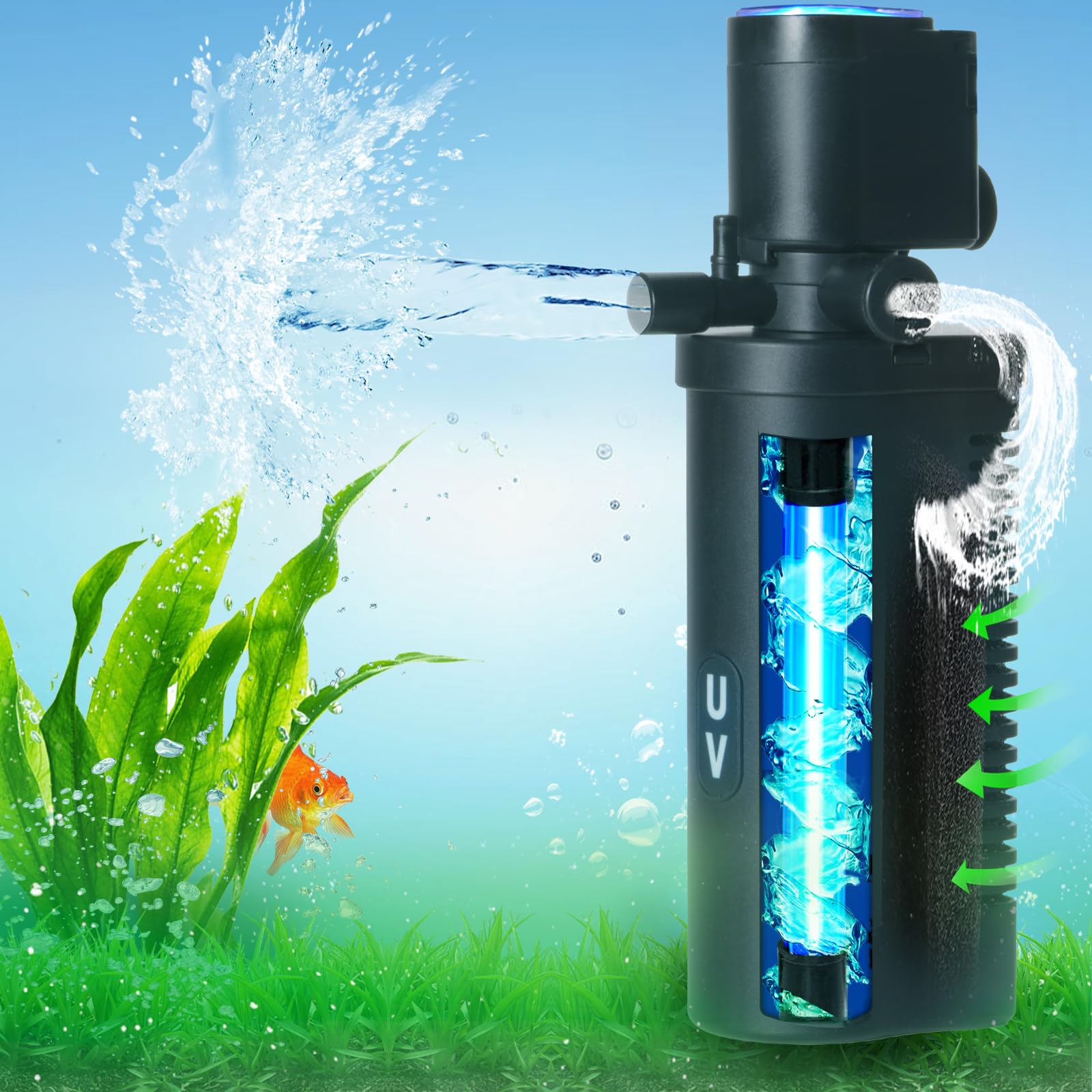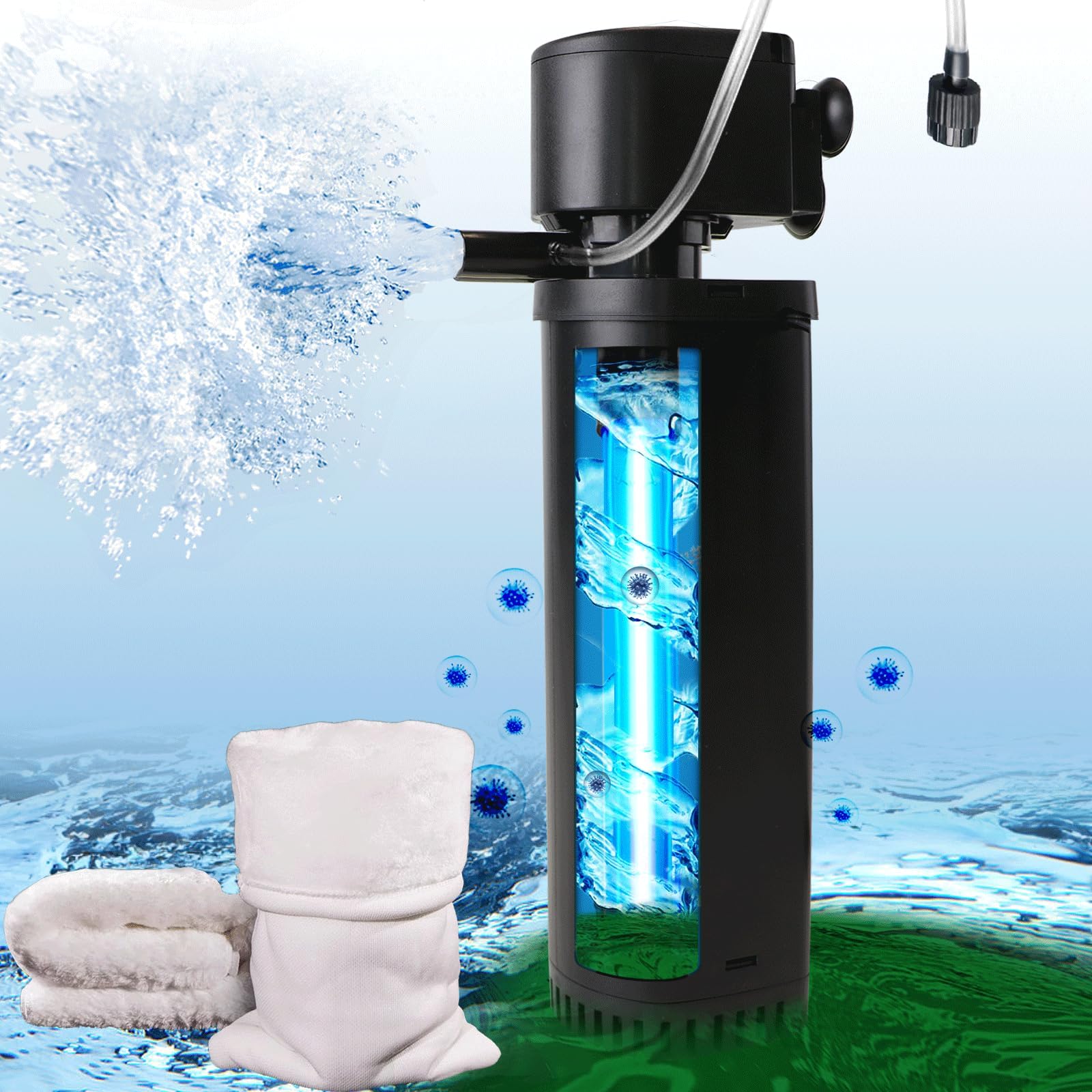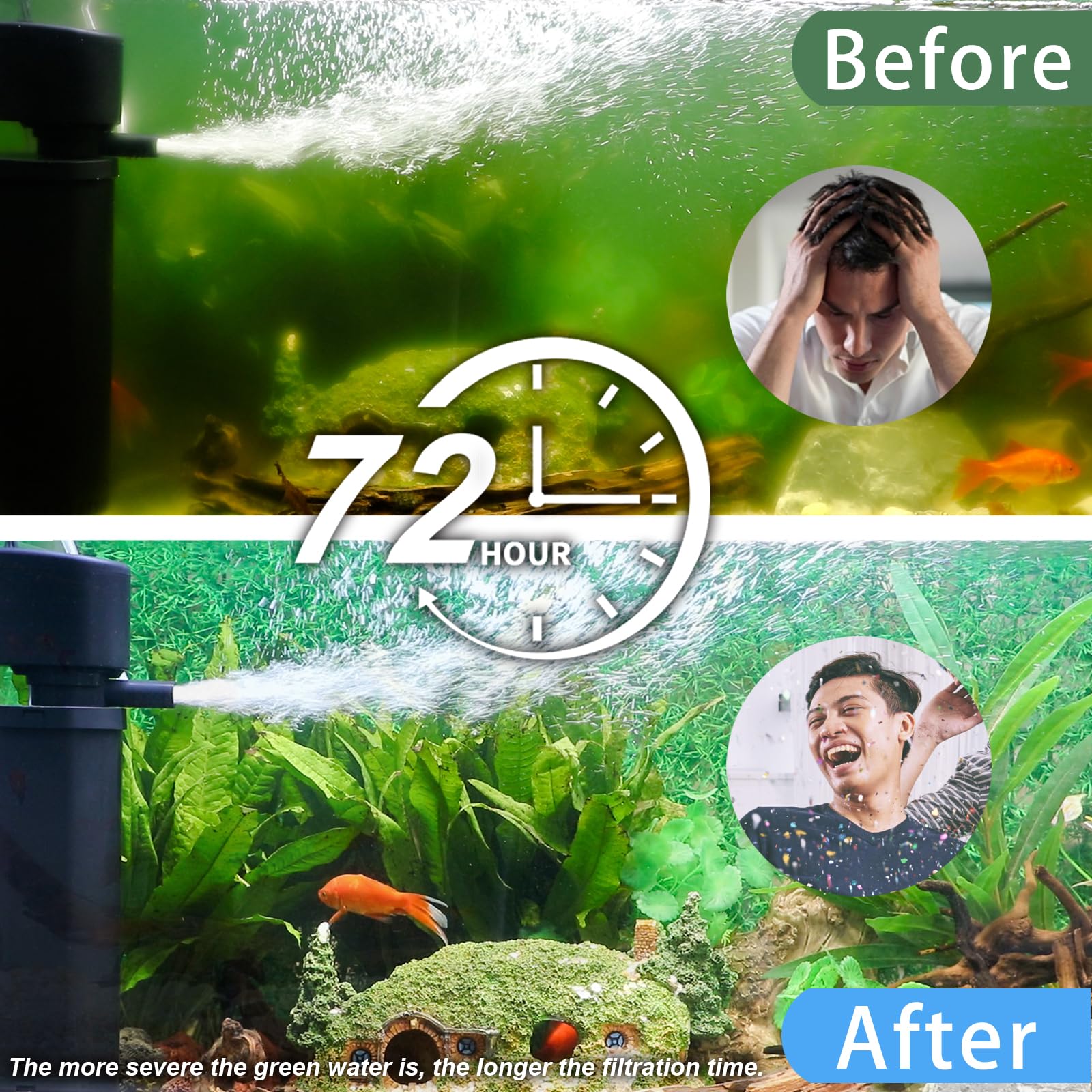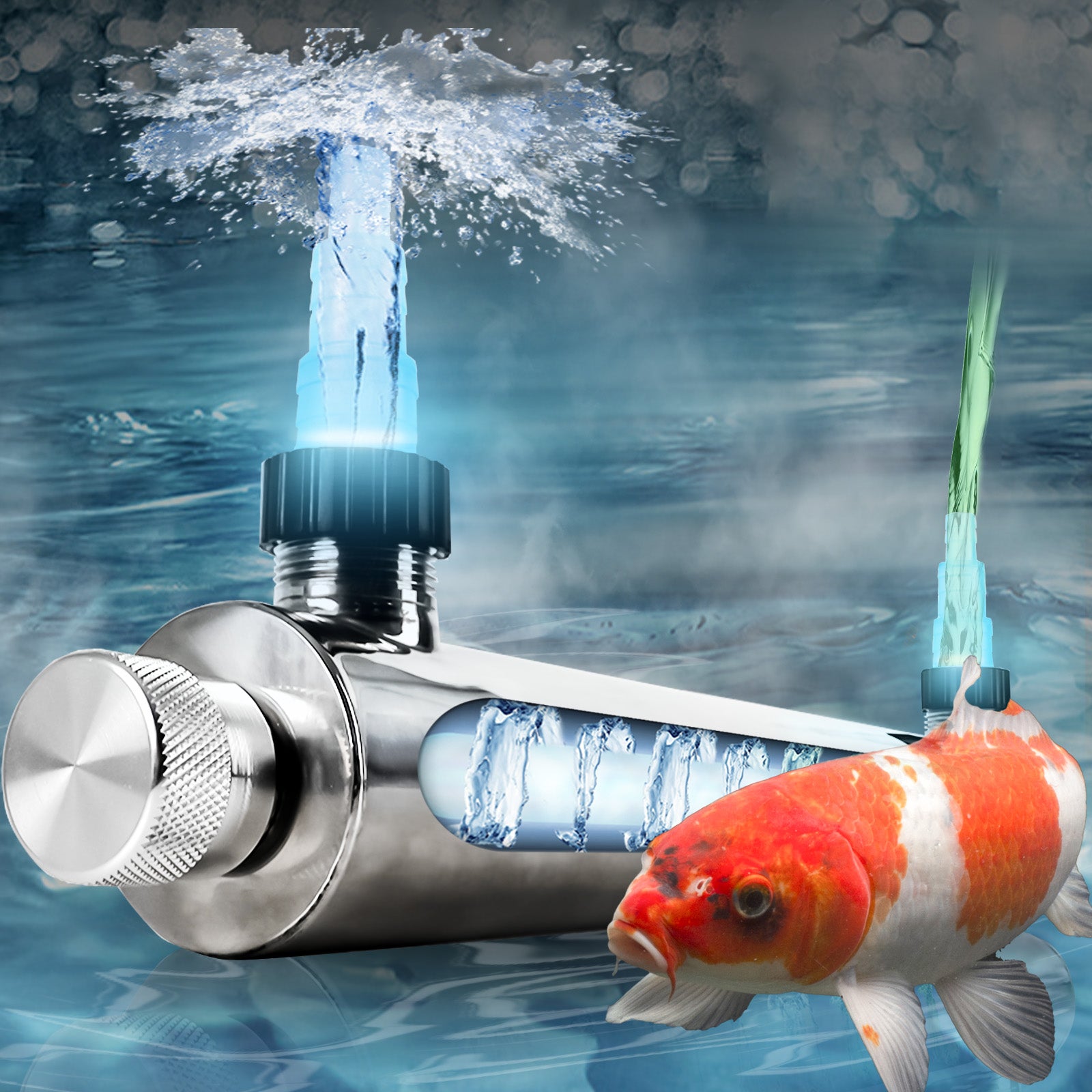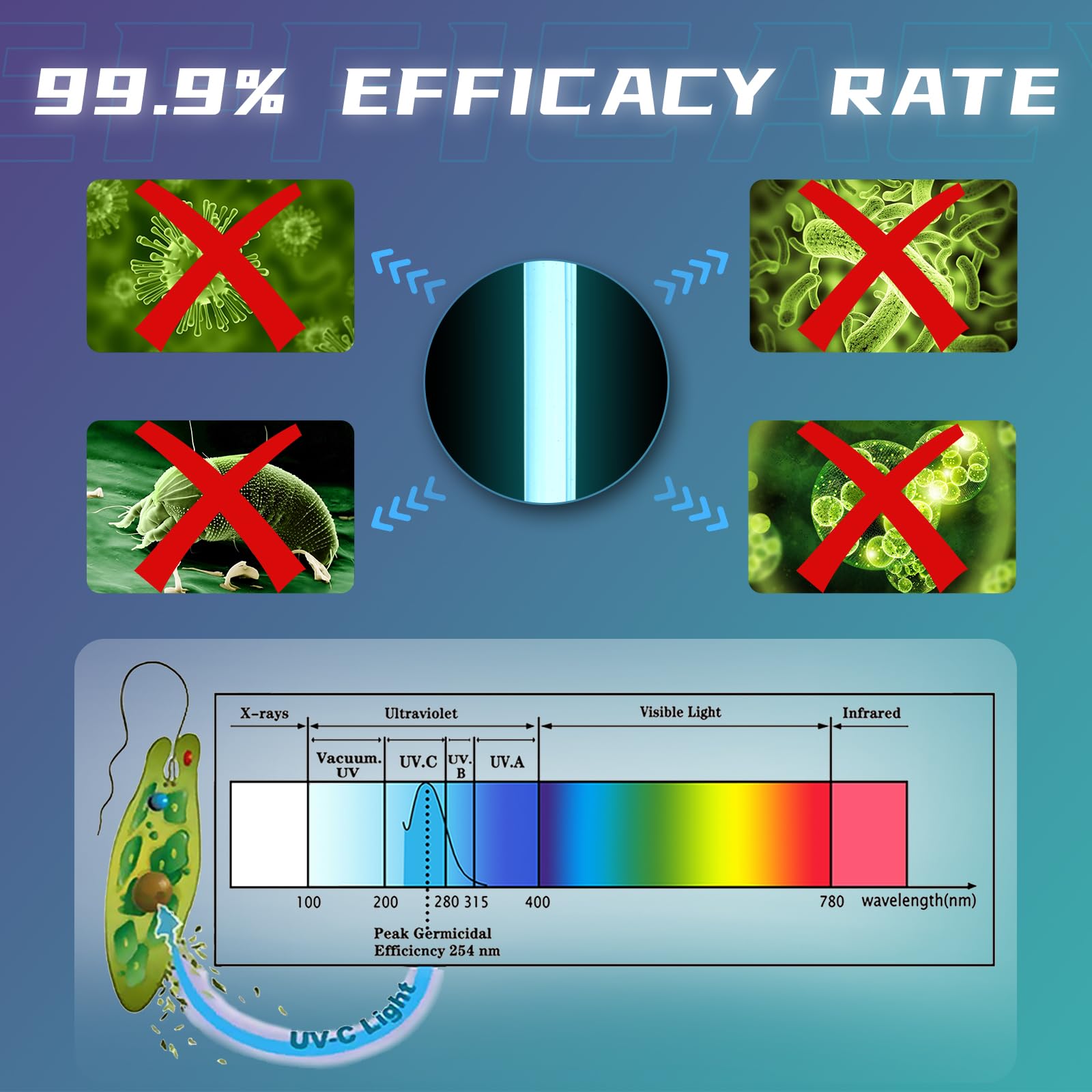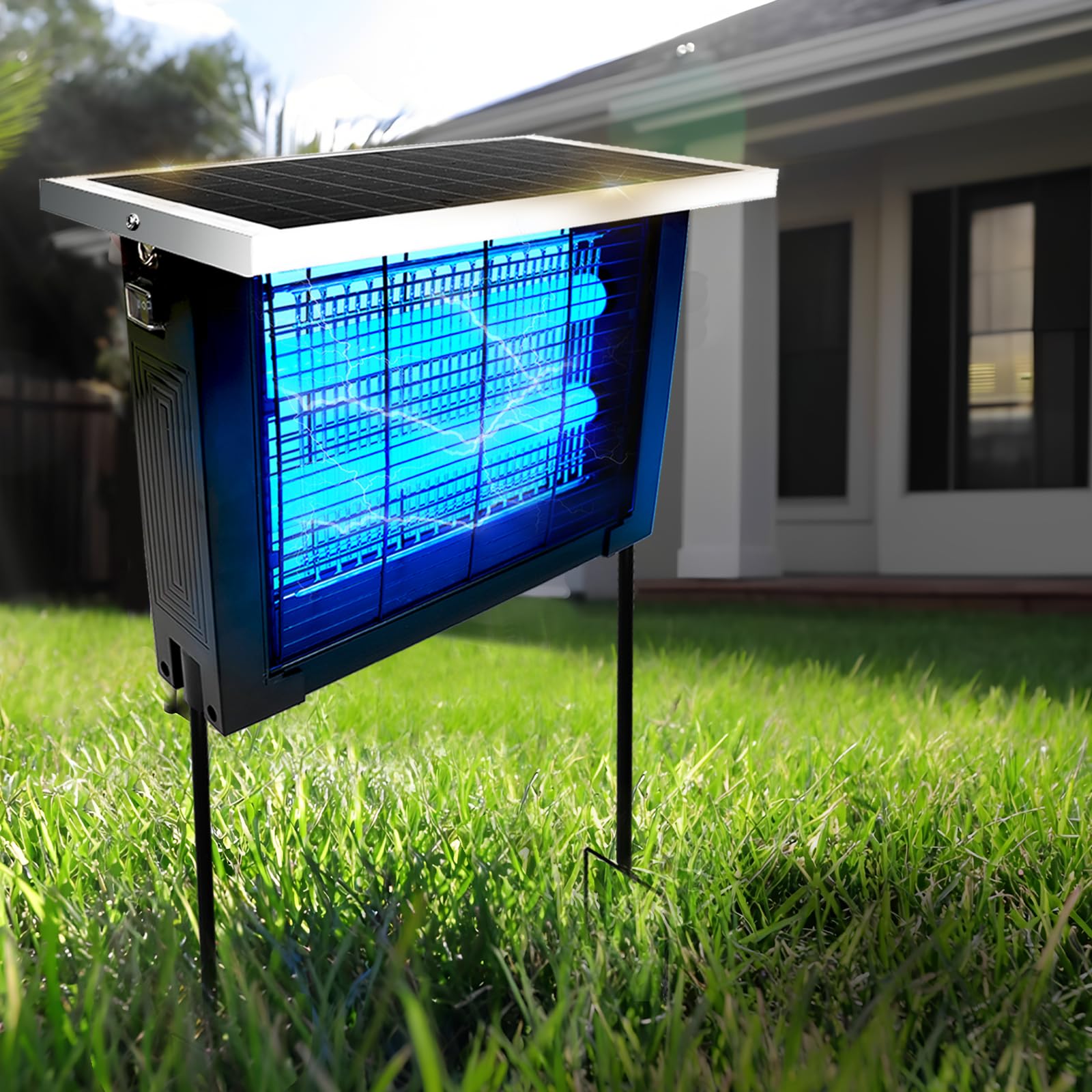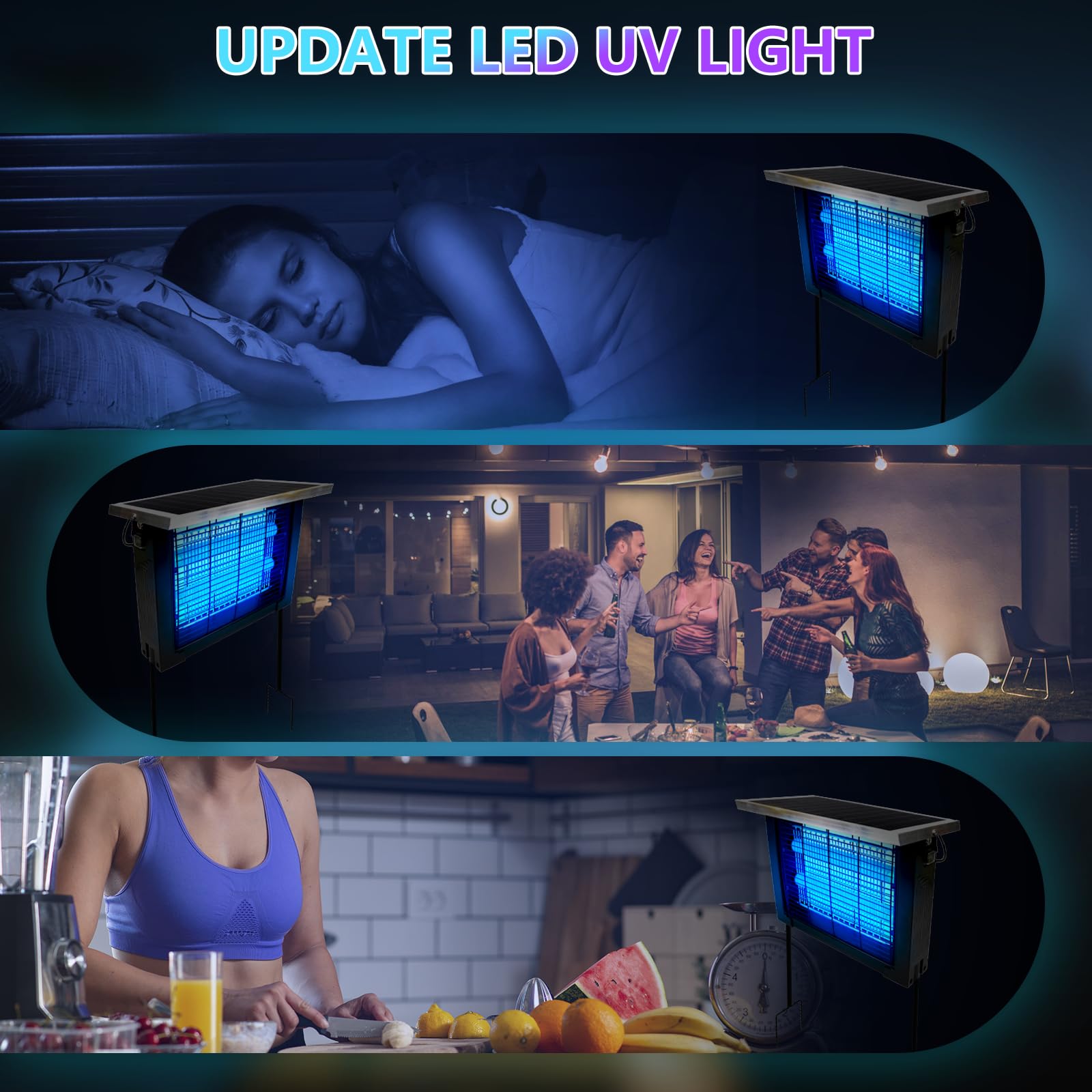Mosquitoes are one of the most persistent pests, capable of ruining outdoor adventures, backyard gatherings, and even peaceful evenings on the porch. While chemical repellents (like DEET) and natural solutions (such as essential oils) are popular, physical mosquito repellents offer a chemical-free, non-toxic, and environmentally friendly alternative.
This 6,000-word guide explores science-backed physical methods to keep mosquitoes away, including clothing, barriers, traps, and innovative technologies. Whether you're a camper, hiker, or just someone who enjoys the outdoors, these strategies will help you stay bite-free.
1. Understanding Physical Mosquito Repellents
1.1 What Are Physical Repellents?
Unlike chemical sprays or natural oils, physical repellents work by:
- Blocking mosquitoes from reaching skin (e.g., clothing, nets).
- Disrupting their ability to land or bite (e.g., fans, traps).
- Creating an inhospitable environment (e.g., removing standing water).
1.2 Why Choose Physical Methods?
✅ No chemicals – Safe for kids, pets, and sensitive skin.
✅ Long-lasting protection – No need for frequent reapplication.
✅ Environmentally friendly – No harmful residues.
2. Clothing as a Mosquito Barrier
2.1 The Best Fabrics to Block Mosquitoes
Mosquitoes can bite through thin fabrics, so tightly woven materials are key:
- Permethrin-treated clothing (kills mosquitoes on contact).
- Thick cotton, nylon, or polyester blends (harder for mosquitoes to penetrate).
- Loose, long-sleeved shirts and pants (reduces skin exposure).
Pro Tip: The U.S. military uses permethrin-treated uniforms in mosquito-heavy regions.
2.2 Color Matters: What to Wear
- Light colors (white, beige, khaki) attract fewer mosquitoes.
- Dark colors (black, navy) retain heat and CO₂, making you more noticeable.
2.3 Mosquito-Repellent Clothing Brands
- Insect Shield (pre-treated with permethrin).
- Craghoppers Nosilife (built-in insect protection).
- Columbia Insect Blocker (UPF + mosquito protection).
3. Mosquito Nets: The Ultimate Physical Barrier
3.1 Types of Mosquito Nets
- Bed nets (for sleeping, especially in malaria zones).
- Pop-up nets (for camping or picnics).
- Hammock nets (for outdoor lounging).
3.2 How to Choose the Right Net
✔ Mesh size – Should be <1.2mm to block even tiny mosquitoes.
✔ Material – Polyester or polyethylene (durable and lightweight).
✔ Treated vs. Untreated – Permethrin-treated nets kill mosquitoes on contact.
3.3 Proper Setup & Maintenance
- Seal all gaps (mosquitoes can slip through tiny openings).
- Wash gently (avoid harsh detergents that remove treatments).
4. Fans & Airflow: Disrupting Mosquito Flight
4.1 How Fans Keep Mosquitoes Away
- Mosquitoes are weak fliers (they struggle in wind >1 mph).
- Fans disperse CO₂ and body odor, making you harder to detect.
4.2 Best Fan Strategies
- Box fans (position near seating areas).
- Ceiling fans (for patios and porches).
- Portable battery-operated fans (for camping).
Bonus: Fans also cool you down—double benefit!

5. Mosquito Traps & Zappers
5.1 CO₂ Traps (Mimicking Human Breath)
- How they work: Release CO₂ to lure mosquitoes, then trap/kill them.
- Best for: Backyards, large outdoor spaces.
- Top brands: Mosquito Magnet, DynaTrap.
5.2 UV Light Traps (Do They Work?)
- Pros: Attract and zap mosquitoes.
- Cons: Also kill beneficial insects (like moths and beetles).
- Verdict: Moderate effectiveness; better for enclosed areas.
5.3 DIY Traps (Sugar-Yeast Method)
- Materials: Plastic bottle, sugar, yeast, water.
- How it works: Fermentation releases CO₂, attracting mosquitoes into the trap.
6. Eliminating Mosquito Breeding Sites
6.1 The #1 Rule: Remove Standing Water
Mosquitoes breed in as little as a bottle cap of water. Check for:
- Clogged gutters
- Bird baths (change water weekly)
- Old tires, buckets, or plant saucers
6.2 Landscaping Tips to Reduce Mosquitoes
- Keep grass short (mosquitoes rest in tall grass).
- Use mosquito-repelling plants (citronella, lavender, marigolds).
7. High-Tech Physical Repellents
7.1 Ultrasonic Repellent Devices
- Claim: Emit high-frequency sounds to repel mosquitoes.
- Reality: Most studies show little to no effect.
7.2 Thermacell Radius Zone
- How it works: Creates a 12-foot protection zone with heat-activated repellent.
- Best for: Patios, camping, fishing.
7.3 Laser Mosquito Control (Experimental)
- Breakthrough tech: Uses lasers to detect and zap mosquitoes mid-flight.
- Still in development but promising for future use.
8. Combining Methods for Maximum Protection
8.1 The Ultimate Mosquito Defense Plan
For best results, use a multi-layered approach:
- Wear permethrin-treated clothing.
- Set up a mosquito net or fan.
- Use a CO₂ trap in your yard.
- Remove standing water weekly.
8.2 Common Mistakes to Avoid
❌ Relying only on one method (e.g., just a fan or just clothing).
❌ Ignoring maintenance (e.g., not refreshing permethrin treatments).
Conclusion
Physical mosquito repellents offer safe, effective, and eco-friendly alternatives to chemical sprays. By wearing the right clothing, using nets, leveraging airflow, and eliminating breeding sites, you can drastically reduce mosquito bites without relying on DEET or essential oils.
Key Takeaways:
✅ Tightly woven, light-colored clothing + permethrin = best protection.
✅ Mosquito nets (especially treated ones) are a must for sleeping outdoors.
✅ Fans disrupt mosquito flight and mask your scent.
✅ Traps & CO₂ devices can reduce mosquito populations in your yard.
With these strategies, you can enjoy the outdoors mosquito-free—naturally and effectively!
What’s your favorite physical mosquito repellent method? Share in the comments! 🚀

